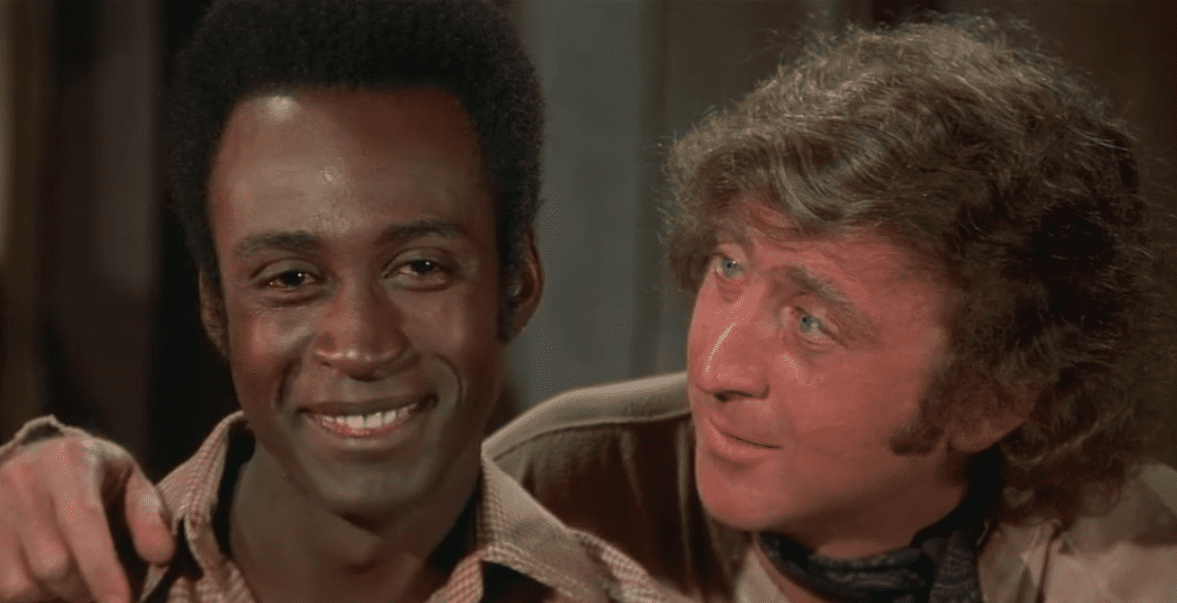Sometimes, the smallest budgets go a long way, and these movies prove just that.
Pulp Fiction – $8 Million Budget
Pulp Fiction has become one of the most iconic movies of all time and helped to define ‘cool’ cinema in the ’90s. Director Quentin Tarantino has gone on to become one of the most well-known names in Hollywood because of the success of this movie and garnered himself a Palm d’Or Award at Cannes, an Academy Award, and a huge fanbase. It went on to earn a whopping $213 million at the box office and has remained a cultural phenomenon ever since.

My Big Fat Greek Wedding – $5 million Budget
Nobody, not even writer and star Nia Vardalos could foresee the success that My Big Fat Greek Wedding would end up earning both critically and commercially. Despite only having $5 million at her disposal, she was able to conjure up one of the funniest comedies of the last two decades. Also, it seemed like audiences took well to the movie, with the flick eventually raking in a huge $368.7 million at the box office. Since then, a sequel has come out.
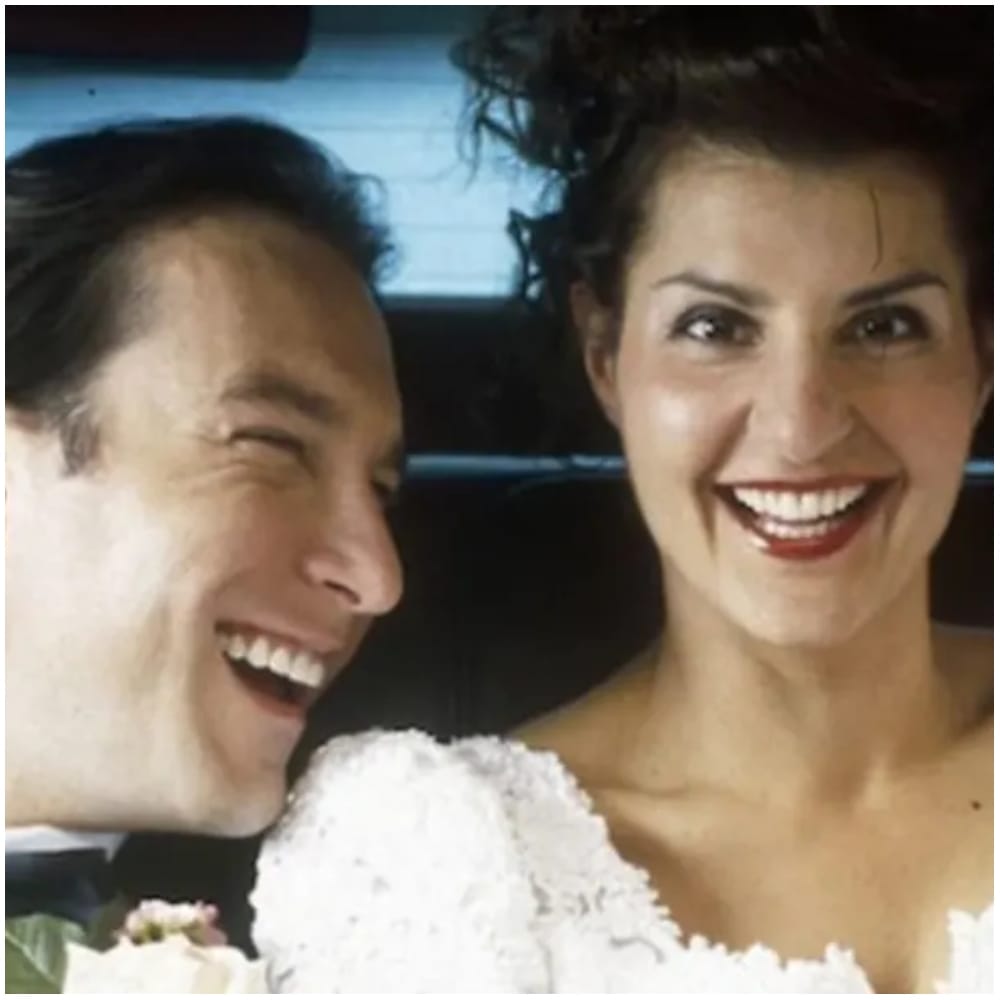
Mad Max – $300,000 Budget
Decades before Mad Max: Fury Road made a whopping $378.9 million on an enormous $150 budget, the original dystopian Mel Gibson action movie was made for peanuts — just $300,000. It would go on to make over $100 million when it was released in 1979. It even held a Guinness World Record for the best profit-to-cost ratio. Fury Road is the fourth movie in the series, with all of them being classics. The third, Beyond Thunderdome, stirred controversy. It wasn’t that people didn’t think it was good; they just couldn’t agree whether it was the best or the worst of the series.
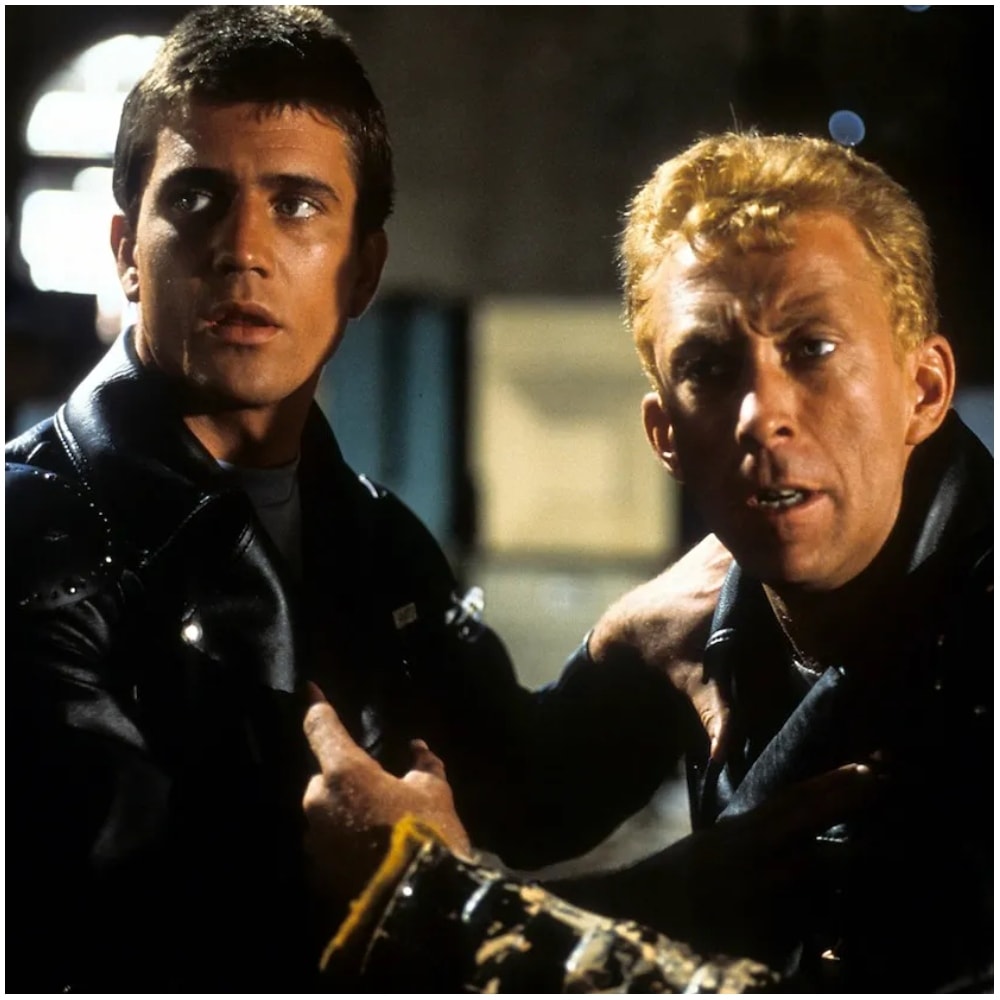
Juno – $7.5 Million Budget
When Juno debuted back in 2008, audiences both young and old were enchanted by its realistic look at some serious teenage issues. Playing Juno made Ellen Page a household name, as she held her own next to some major stars. Though the film also featured Jennifer Garner, its budget was so low, Garner agreed to take a lower salary in exchange for her appearance. Regardless, it earned $231 million at the box office as well as a Best Picture nomination.
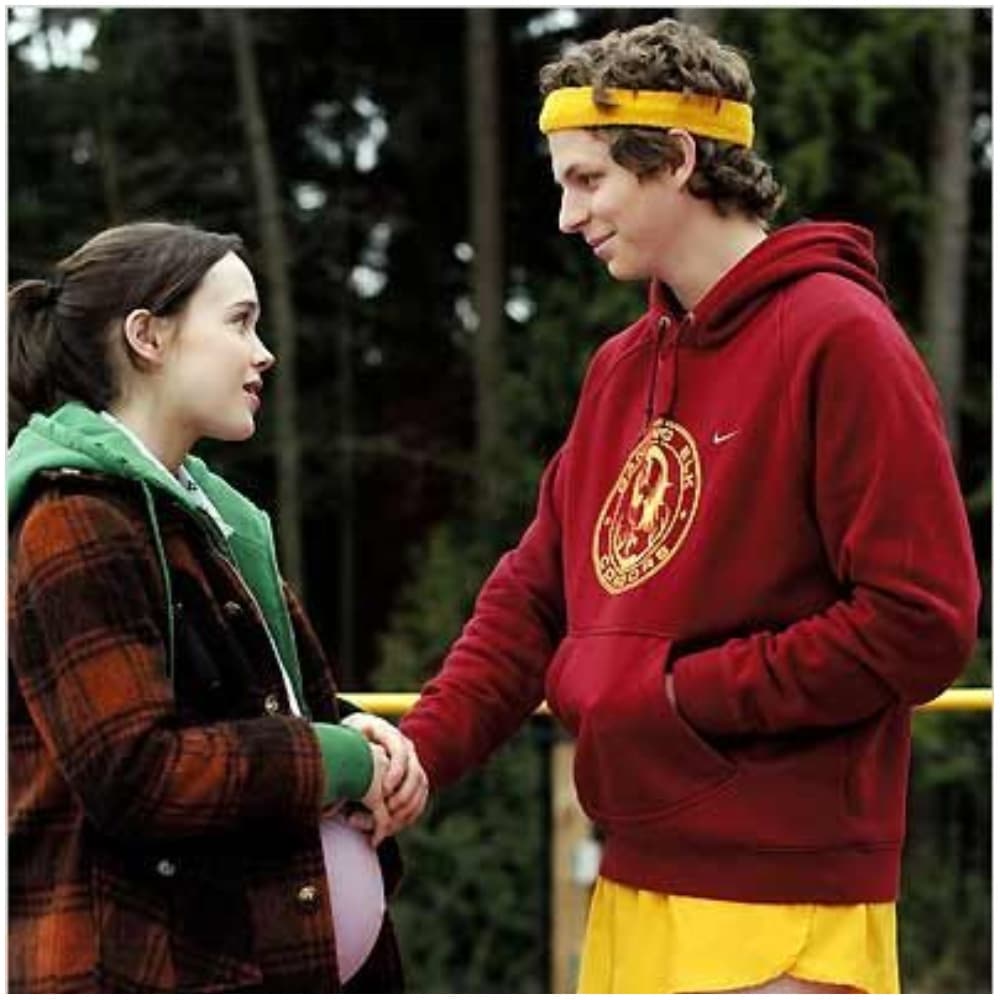
Moonlight – $4 Million Budget
They say the Oscars are all politics every year, and the 2017 ceremony was no exception. As should be expected, the Best Picture Academy Award went to La La Land, although Warren Beatty and Faye Dunaway, who announced the winner, then realized they had picked up the wrong envelope. The film that was actually the best picture was called Moonlight, about a young black man who comes of age in Miami. Against a budget of a mere $4 million, the flick snagged a whopping $65.3 million in box office revenue, as well as three other Oscars.
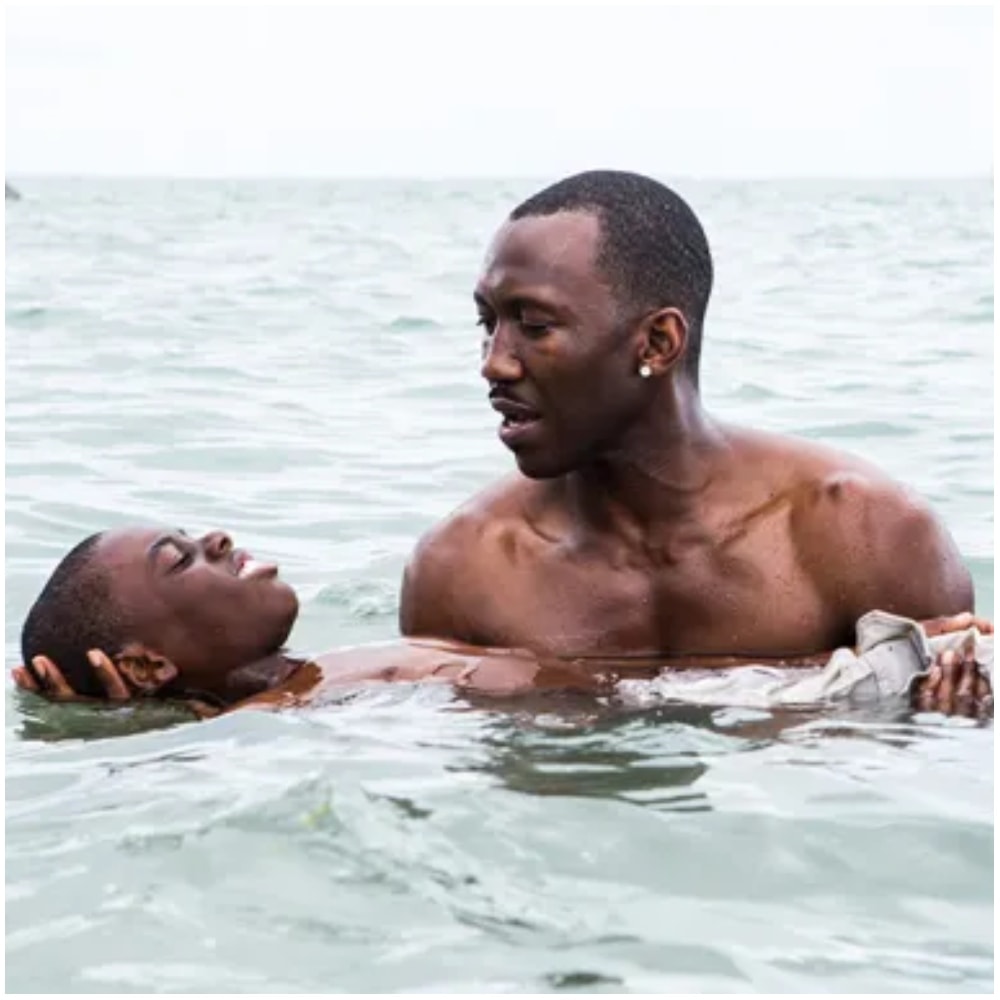
Paranormal Activity – $15,000 Budget
There are so many horror movies on this list that did extremely well at the box office, despite a low budget. Paranormal Activity is a classic example of this, having only cost a mere $15,000 to make. In just seven days, director Oren Peli took a handheld camera and shot the entire movie! It was an incredible achievement, especially since it was Peli’s first cinematic outing. Now, it seems like everyone wants to make movies in the same style.
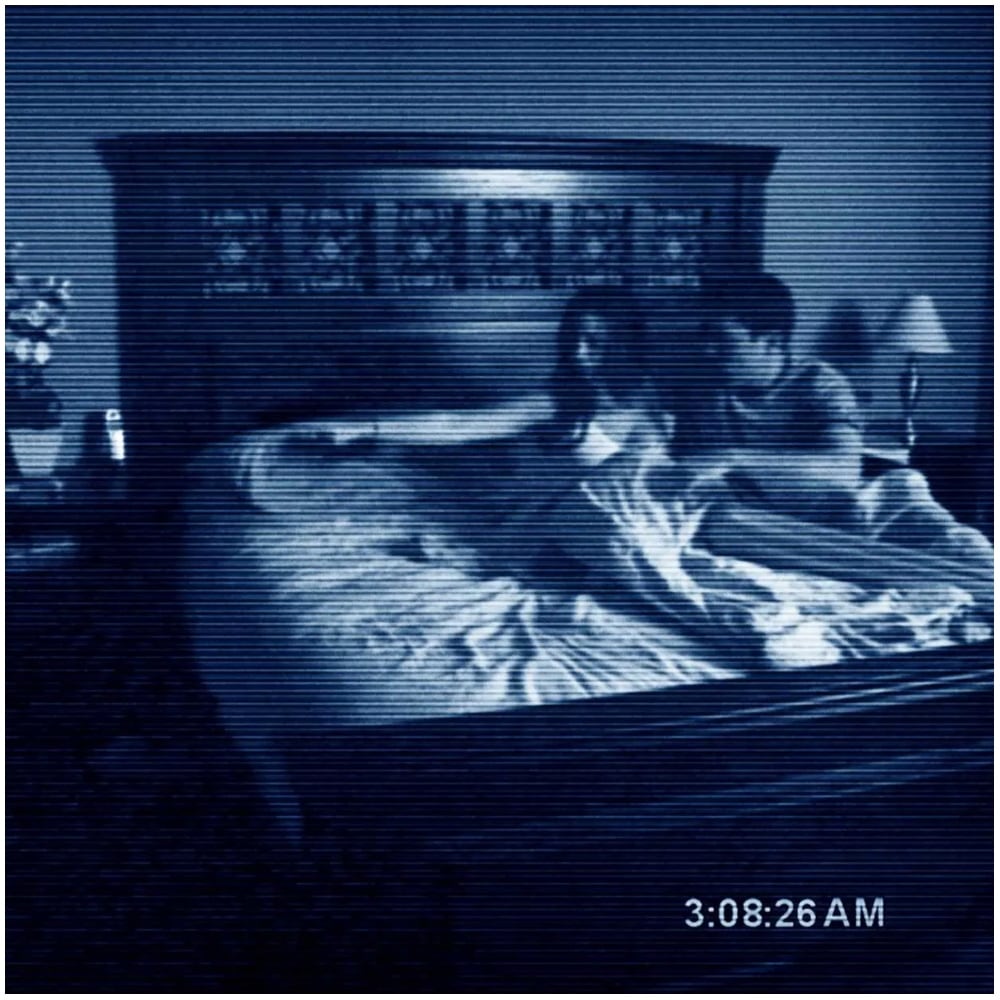
The Full Monty – $3.5 Million Budget
These days we may talk more about Magic Mike when it comes to the world of exotic male dancers, but long before Channing Tatum lit up the screen, we had The Full Monty. Following several unemployed English steelworkers who decide to dance in order to bring home the bacon, the film made $258 million. It was such a hit that The Full Monty was even nominated for several Academy Awards, proving once again that budget isn’t everything.
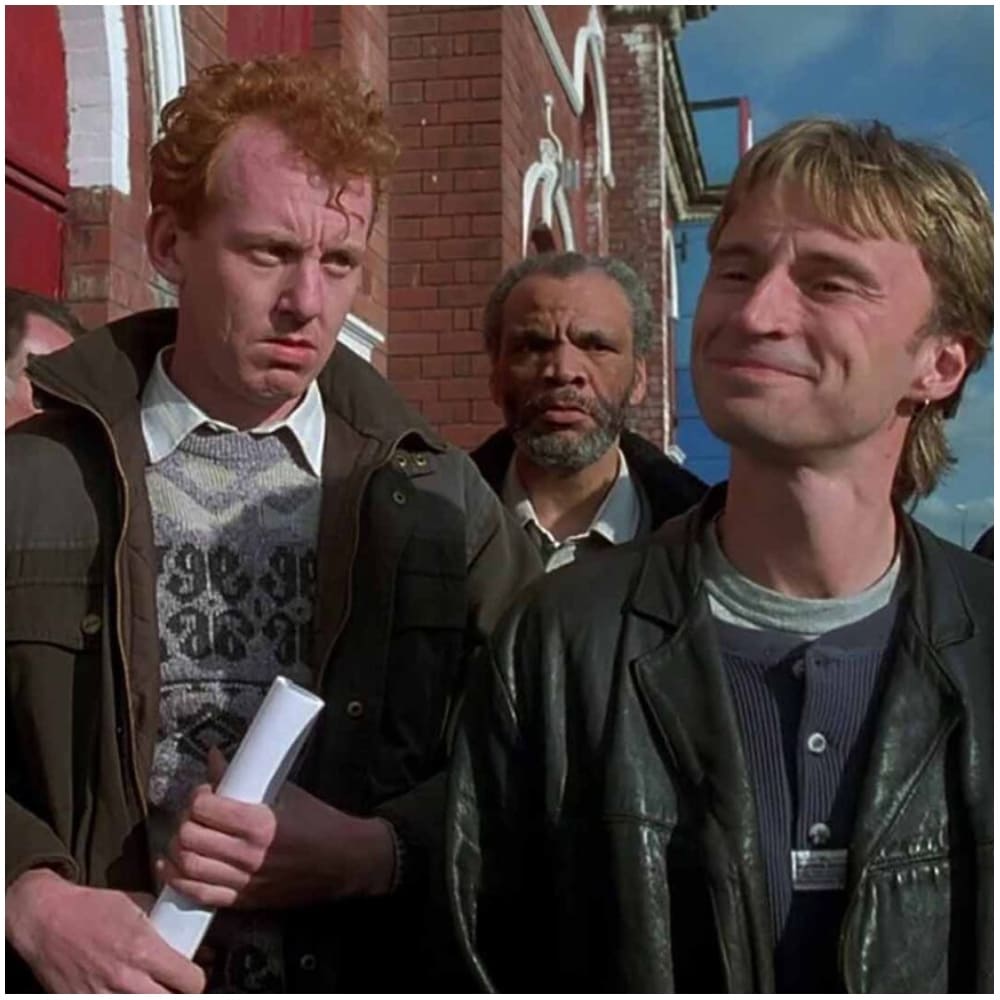
Star Wars – $11 Million Budget
This one is a shocker. After coming out in 1977, Star Wars was an immediate hit at the box office. The movie, which was later retitled as Star Wars: Episode IV – A New Hope after its sequels were released. This turned George Lucas’ production company Lucasfilm into an empire. The franchise went worldwide with dedicated fans from all over. The film became the highest grossing film of all time before E.T. came out, creating a huge $775.4 million in revenue!
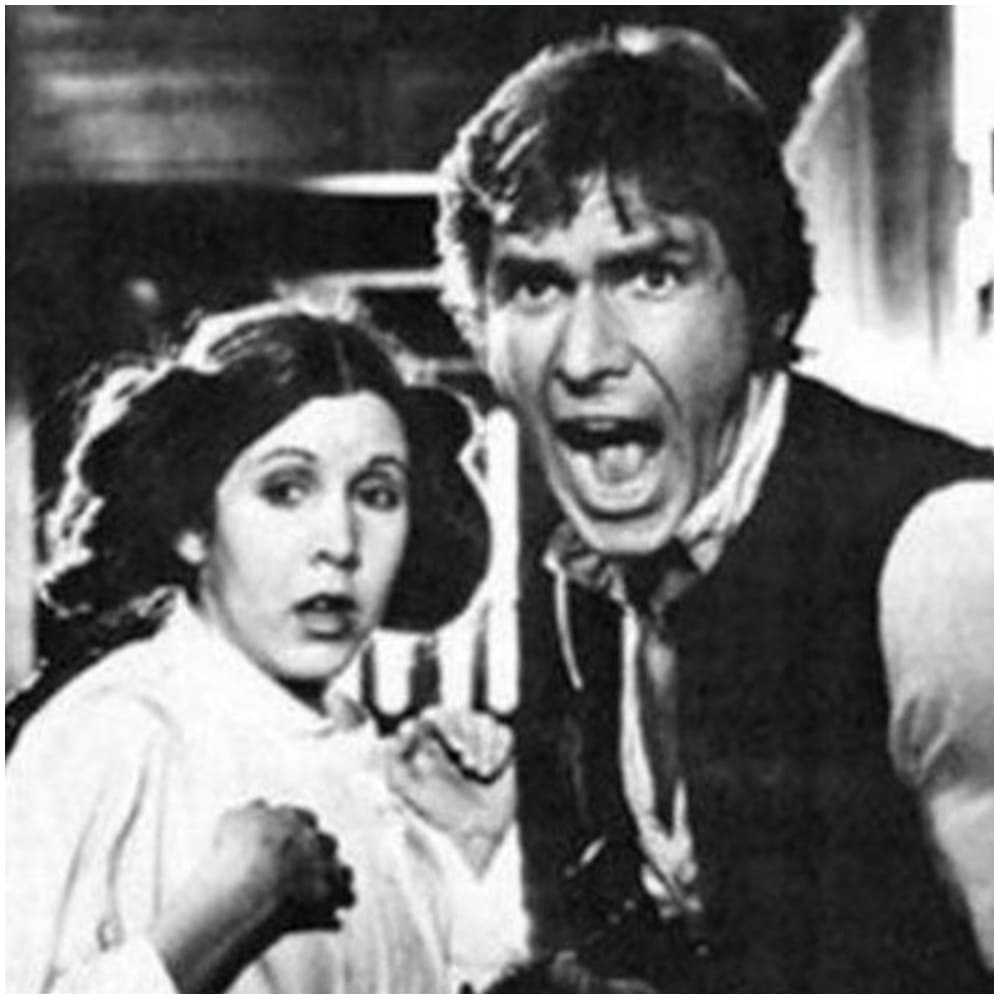
The Blair Witch Project – $60,000 Budget
There’s something about horror films that makes them particularly creepy when they’re low budget. The Blair Witch Project may be one of the most unsettling horror movies ever made. Shot in the style of a documentary, it only took $60,000 to produce. The element that really helped it rake in the dough, however, was the documentary quality. No one could tell if it was fact or fiction, which helped it pull in $248 million in earnings from around the world.
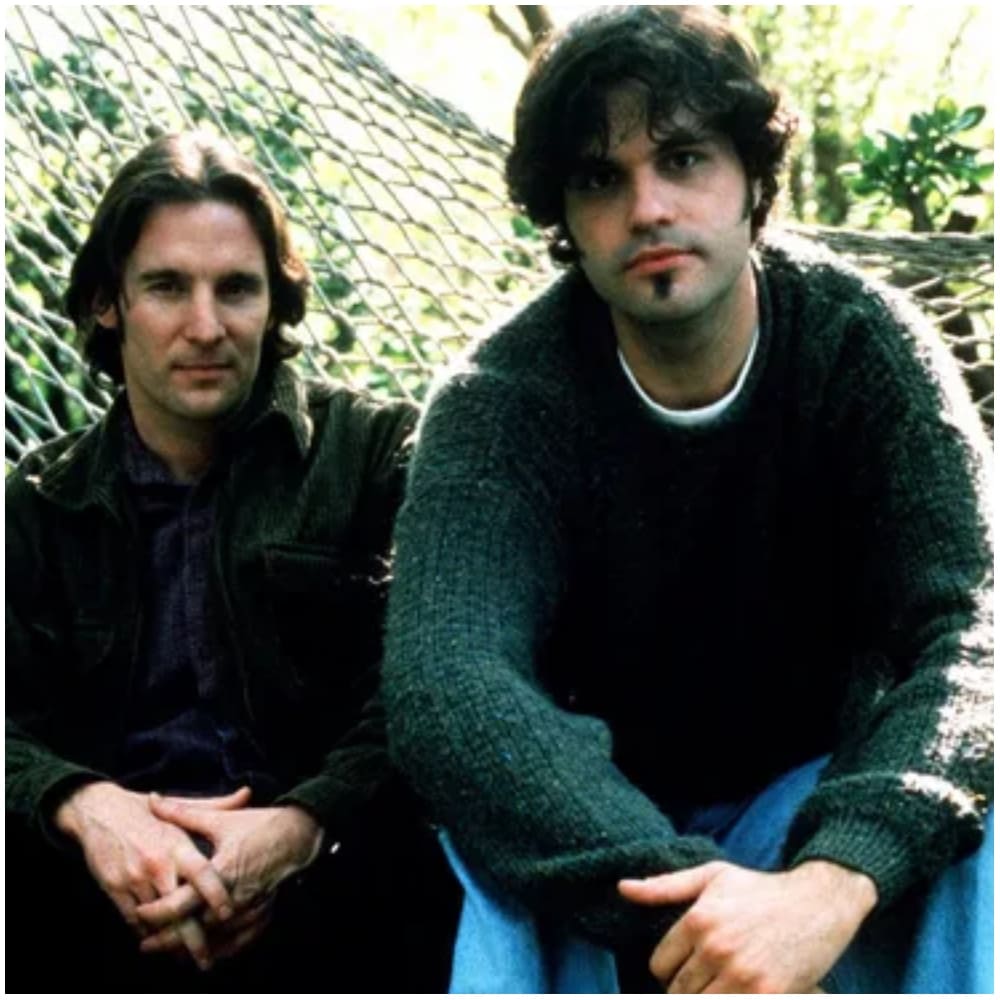
Split – $9 Million Budget
M. Night Shyamalan is known for making dark and twisted movies attracting large audiences to the theaters. In 2017 he released his latest horror film, Split, which had a budget of only $9 million. This movie sees a man (played by James McAvoy) with a dissociative disorder and multiple identities kidnap three teenage girls. Although one of his “identities” is rather humorous, this film has everyone jumping out of their skin. McAvoy’s gripping performance is why the film did so well in the box office, earning $278.5 million.
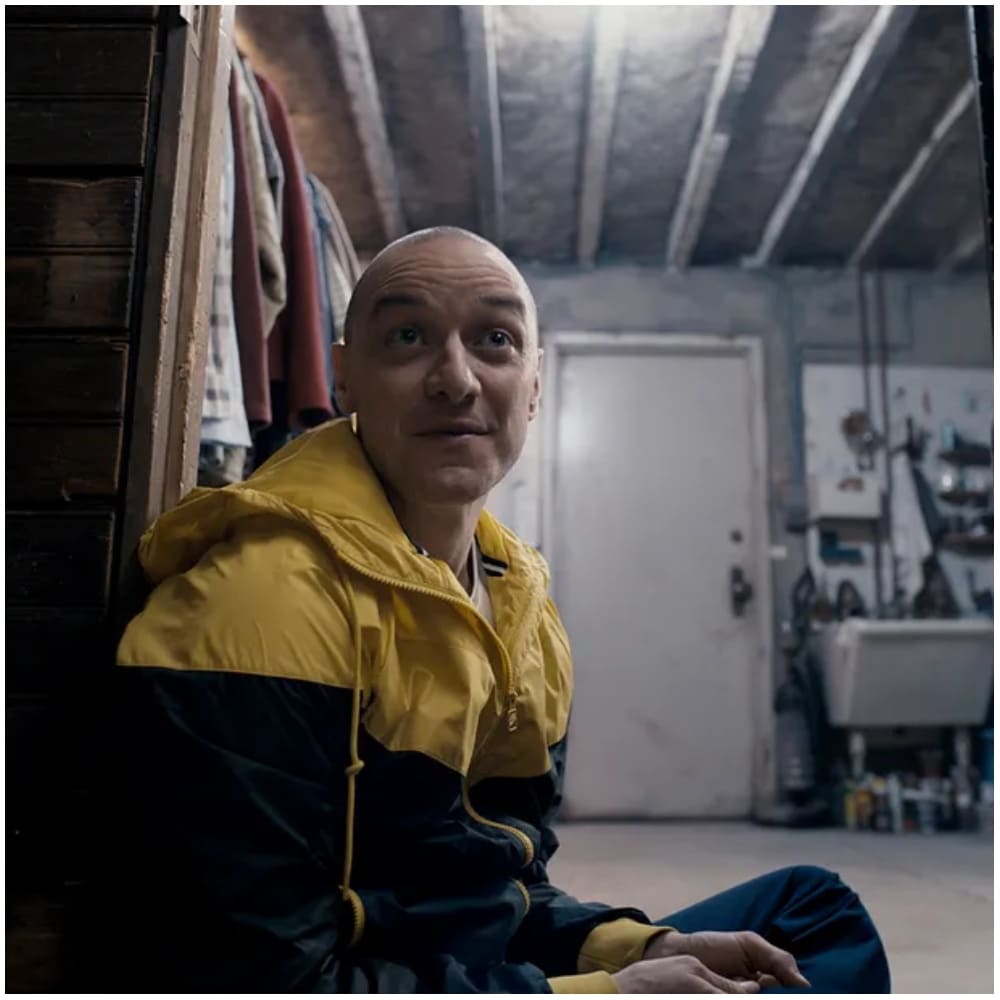
Nightcrawler – $8.5 Million Budget
Nightcrawler was originally scripted as a film that was centered around dealing with some pretty tricky themes. The main point of the film is to depict the often unbalanced nature of unethical journalism as a means of satisfying customer demand and raises some pretty interesting questions about how far journalists will go to get the scoop. Starring Jake Gyllenhall, the movie had a budget of $8.5 million but wound up grossing $50.3 million at the box office. An impressive feat for such a dark and questioning film.
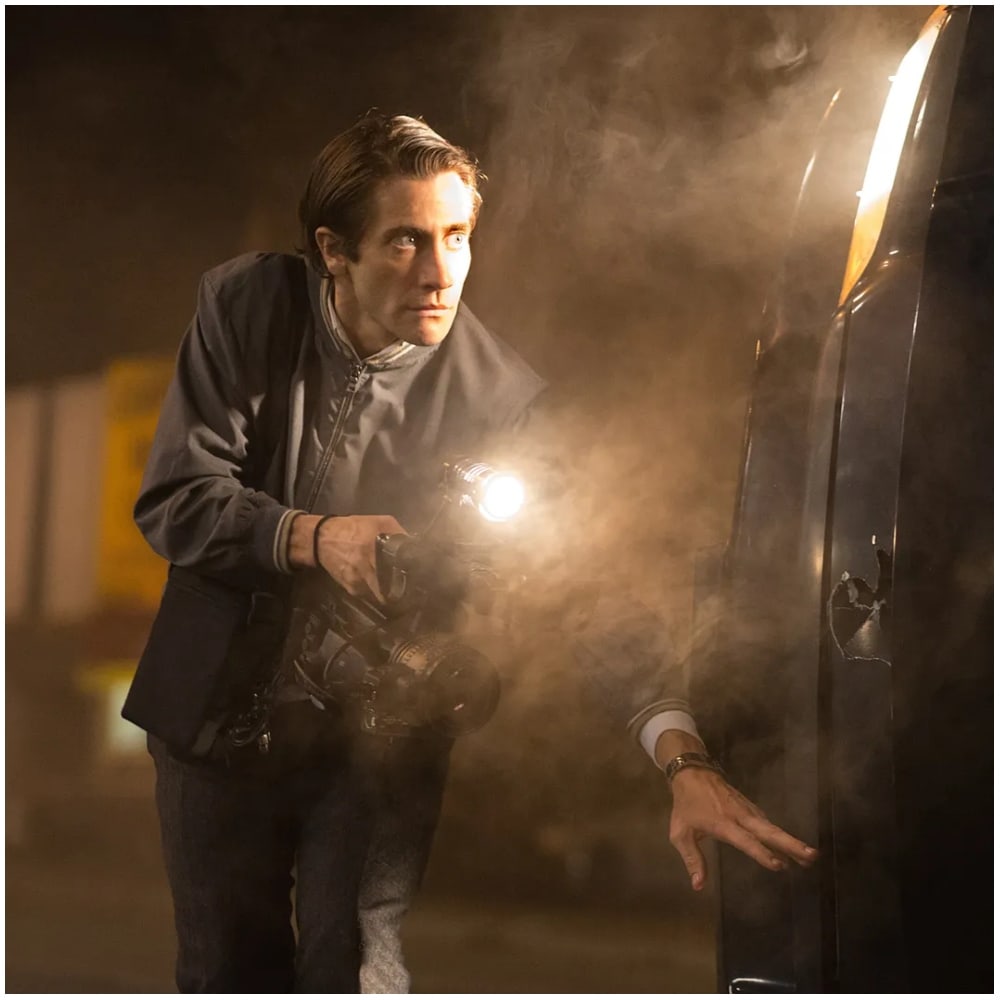
Annabelle – $6.5 Million Budget
While he is probably best known for the Saw franchise, James Wan branched out to another area of horror a few years later with his hit movie The Conjuring. Soon enough, the talented filmmaker was able to create a new, fascinating film universe and eventually branched off with the flick Annabelle. The Conjuring‘s spinoff only required $6.5 million for the entirety of its production. The story about a creepy haunted doll made a stunning $257 million at the box office.
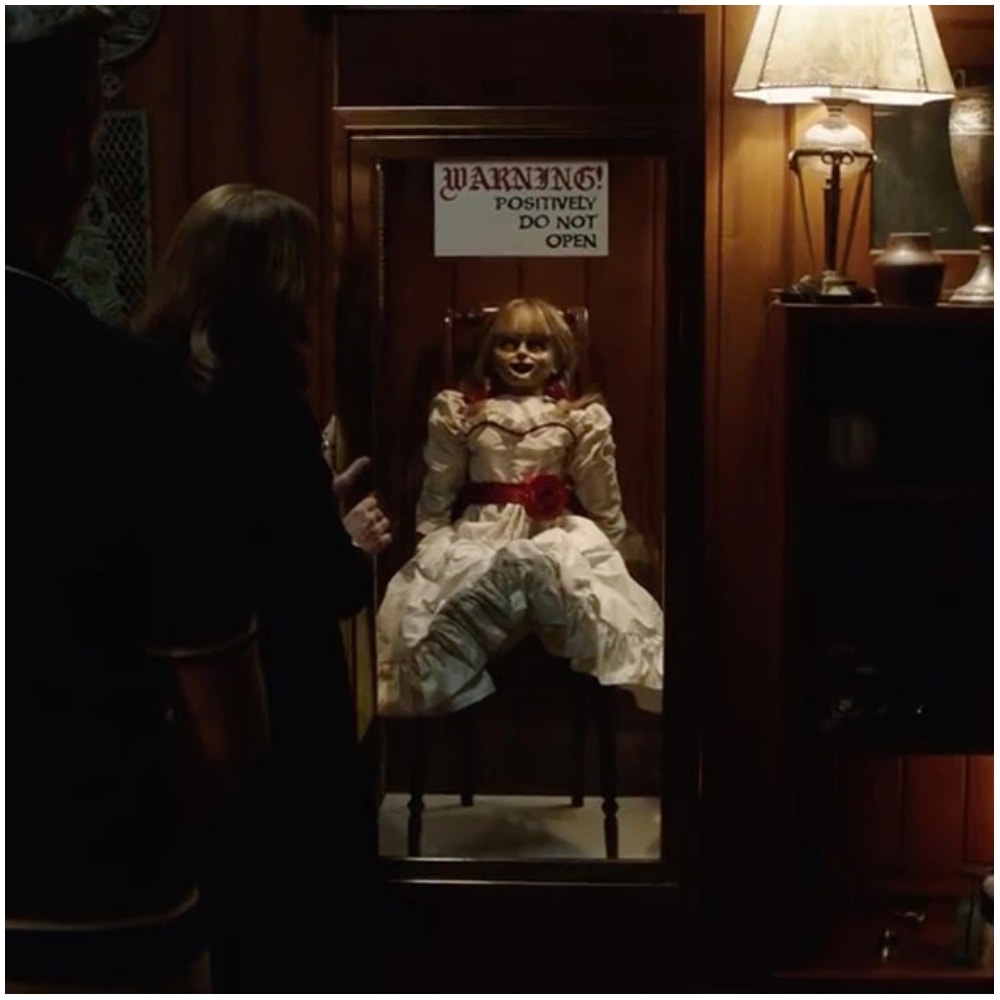
Lock, Stock And Two Smoking Barrels – $1.35 Million Budget
Besides being the lucky husband of pop star Madonna, Guy Ritchie is also a critically acclaimed director. He has been called the British Tarantino, as his films feature a blend of characters from all walks of life and are typically centered around anti-heroes in the world of crime. His action-packed films also feature tons of great lines that become instant classics. Lock, Stock And Two Smoking Barrels went on to make $29 million at the box office and launched Jason Statham’s career.
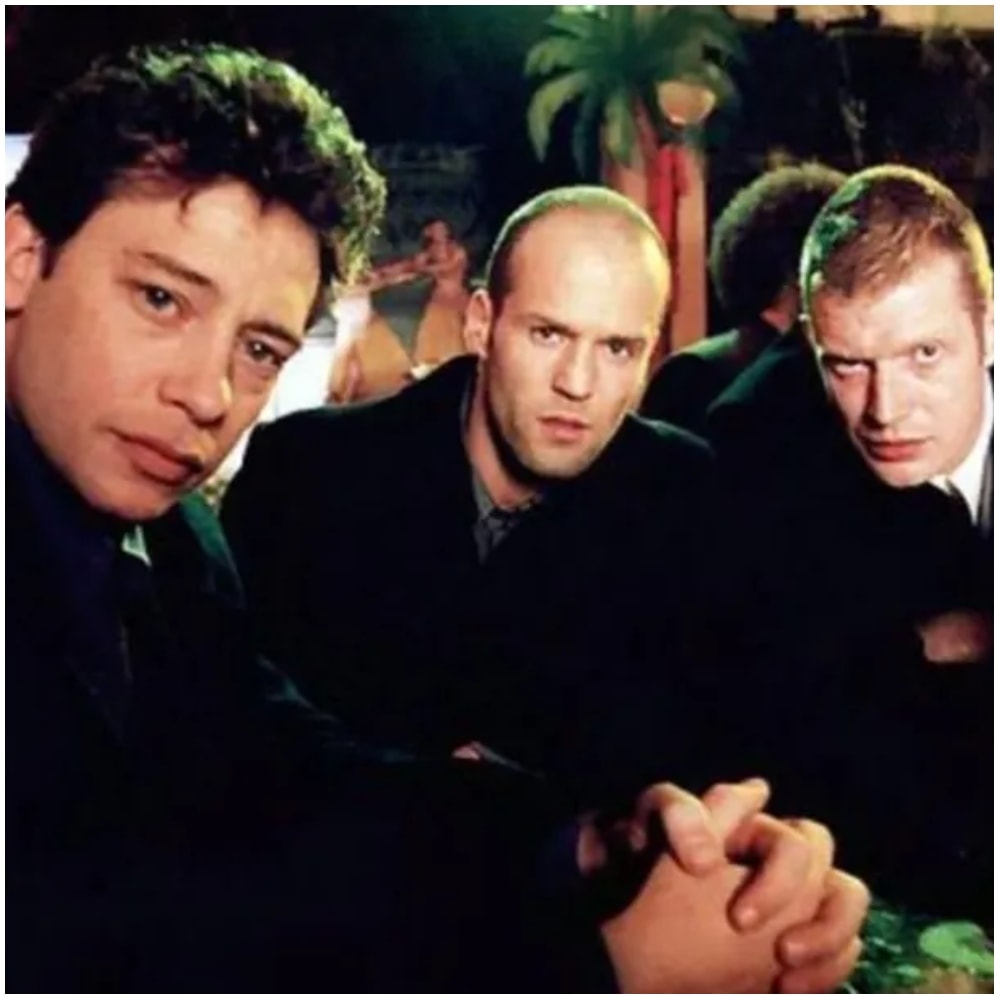
Friday The 13th – $700,000 Budget
With one of the smallest budgets on this list, Friday the 13th is another that managed to make dozens of millions. Creator Victor Miller and director Sean S. Cunningham managed to somehow make this film so popular, reaching $59.8 million at the box office. Not only that, it was the start of 11 more movies to the series. These movies went on to make millions for the cult franchise, and that is not even including the video games and merchandise.
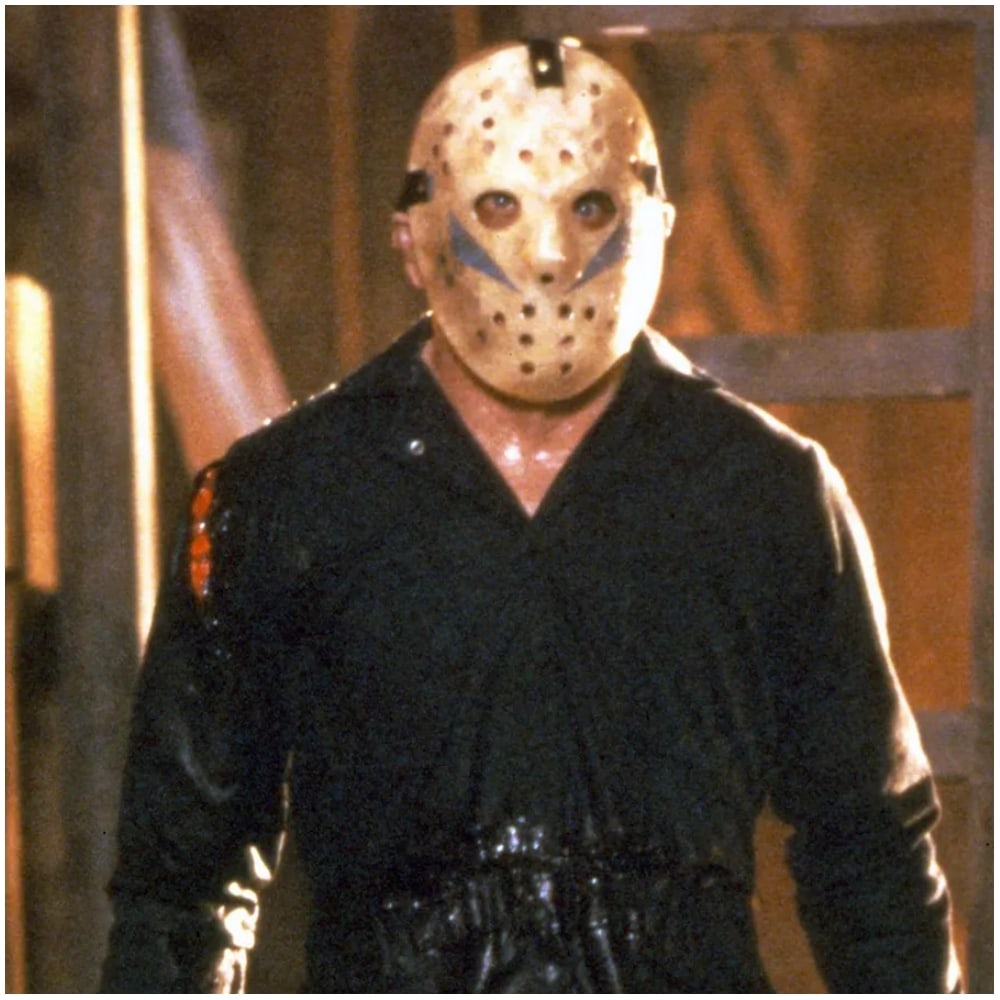
The Hills Have Eyes – $230,000 Budget
The Hills Have Eyes is one of the most popular cult horror films of the ’70s and has become a classic example of how small-budget films can turn over a huge profit. The film is set in the desert and follows the story of a family that gets stranded. However, they are soon attacked by a family of hillbilly savages and have to endure a lot of horror throughout the film. It had a budget of $230,000 but managed to gross an amazing $25 million!
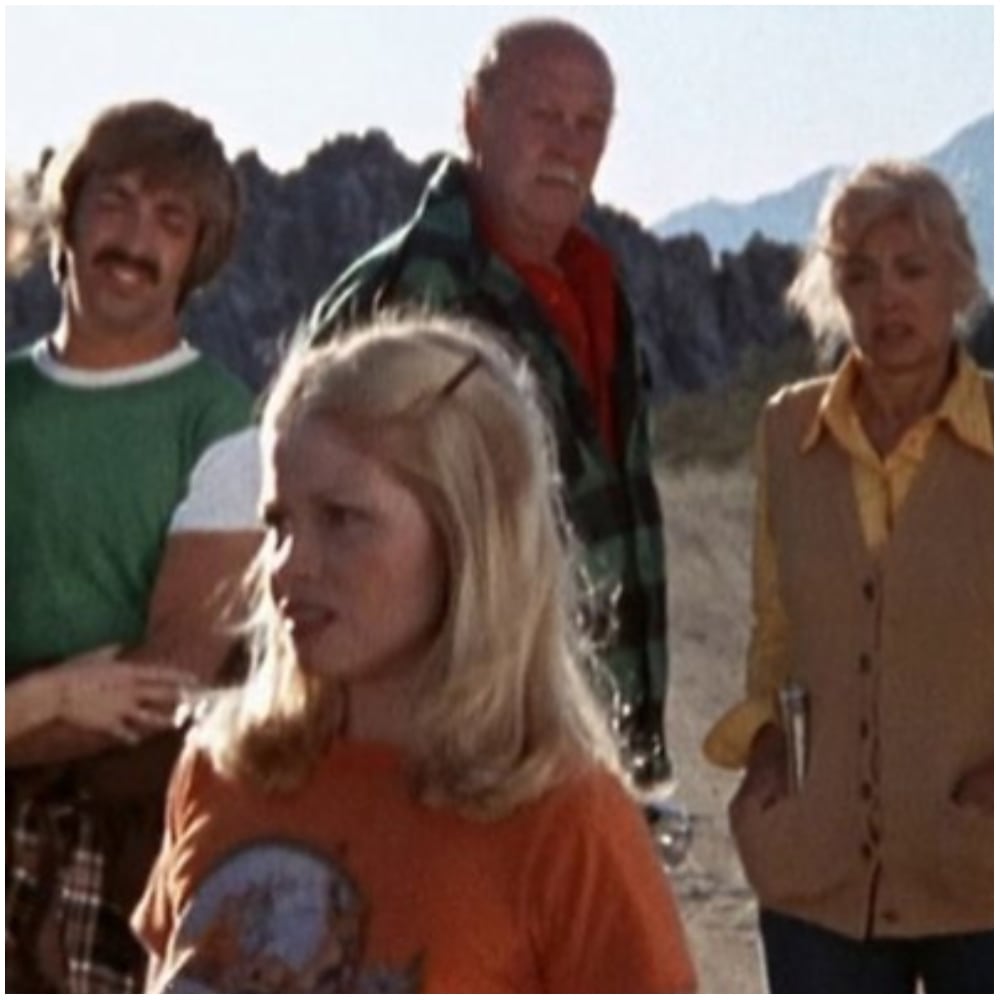
American Graffiti – $750,000 Budget
Long before the Star Wars phenomenon, George Lucas was a new director with only THX 1138 on his resumé, which had starred Robert Duvall. The film had mixed reviews at the time and was considered a flop, so Lucas was only able to collect $750,000 to make his next movie, American Graffiti. Despite the budget, the coming-of-age drama resonated with audiences and was honored with five Academy Award nominations. In addition, it brought in a massive $115 million, proving to studio executives that the relatively unknown director could indeed produce a profitable film.
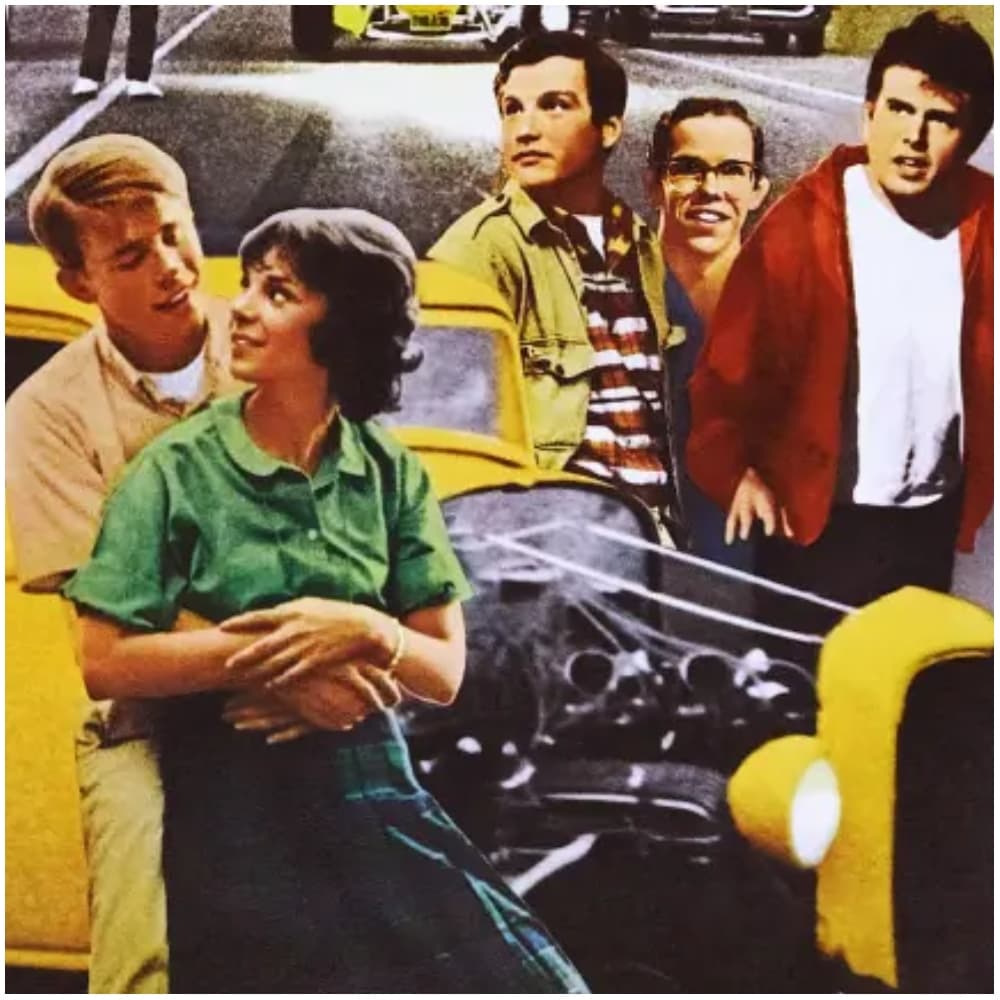
Night Of The Living Dead – $118,000 Budget
George A. Romero is officially the godfather of zombie films and the horror master has gone on to make some pretty impressive zombie films over the course of his career. He has garnered a huge fan base for his work and is often the first one people call if they’re trying to get advice on how to make a zombie movie. His career started with Night Of The Living Dead which had a small budget, but went on to gross over $30 million worldwide!
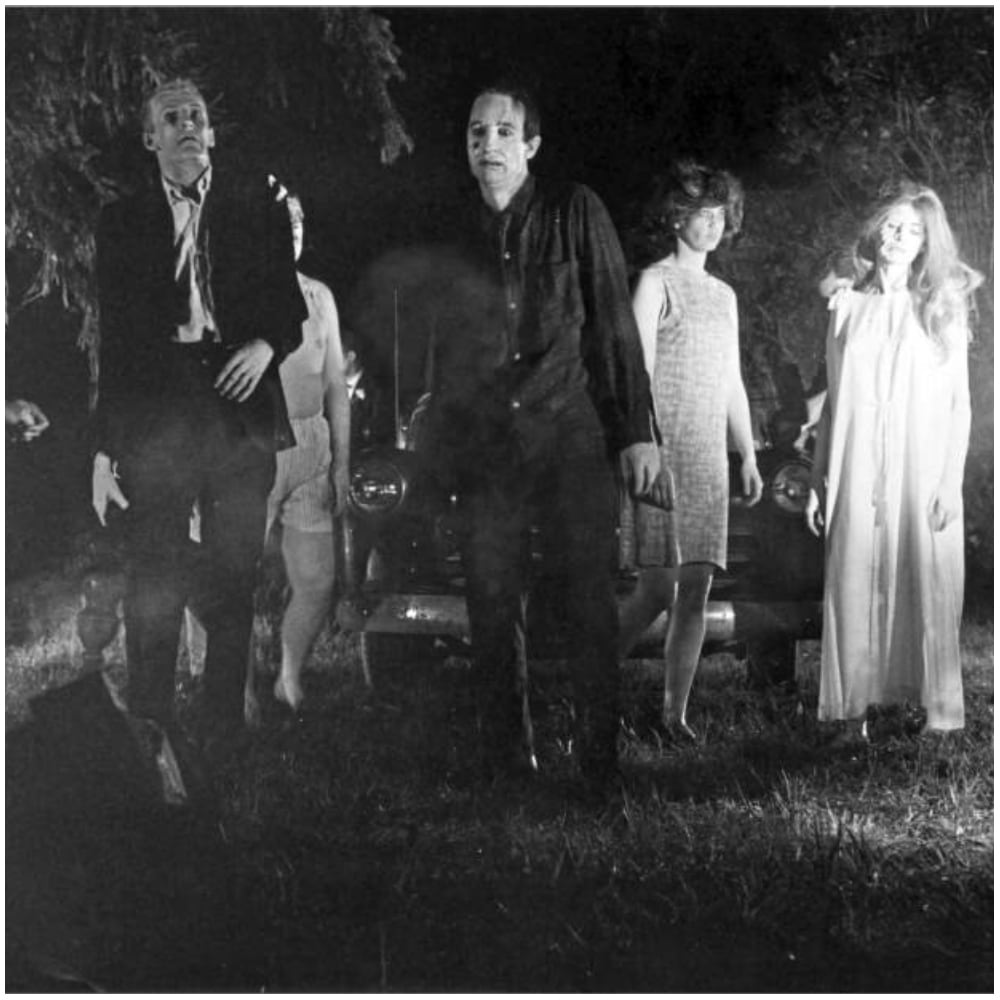
Goldfinger – $3 Million Budget
Anyone who is familiar with the James Bond franchise will certainly have heard of Goldfinger at some point in their lives. The movie is often regarded by fans as one of the best in the early series of films and Sean Connery’s performance is as cool as ever. Goldfinger is considered a success for a number of reasons, but one of the main reasons it’s regarded as a success was because it managed to net a whopping $125 million at the box office, a very high amount for the time.
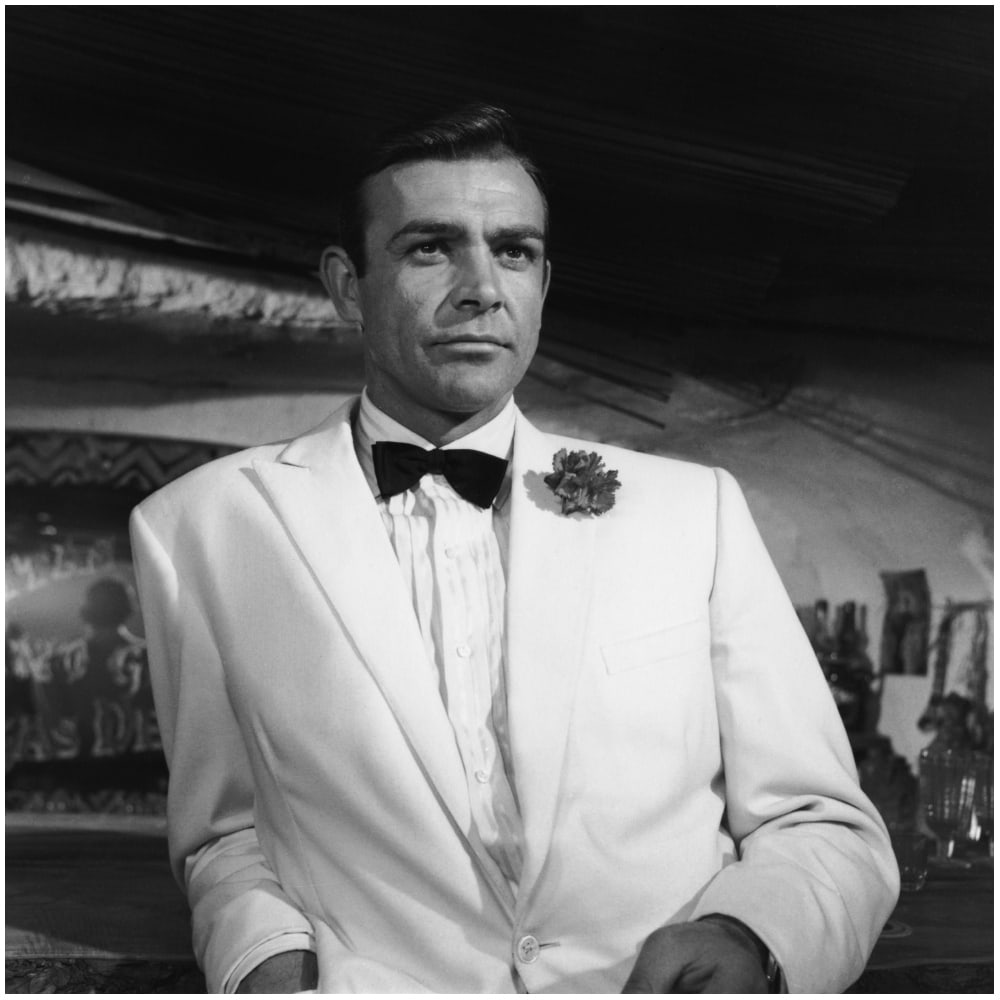
My Left Foot – $600,000 Budget
Long before his incredible role in Gangs of New York in 2002, Daniel Day-Lewis did the same with My Left Foot. The 1989 film tells the true story of Christy Brown, a boy who suffers cerebral palsy from an Irish family. Almost completely paralyzed, Brown finds a way to control his left foot. Eventually, he uses this mobility to become a painter, and later an author and poet. The story was brought onto the silver screen on a measly budget of $600,000, garnering nominations, critical acclaim, and box office earnings that reached $14.7 million.
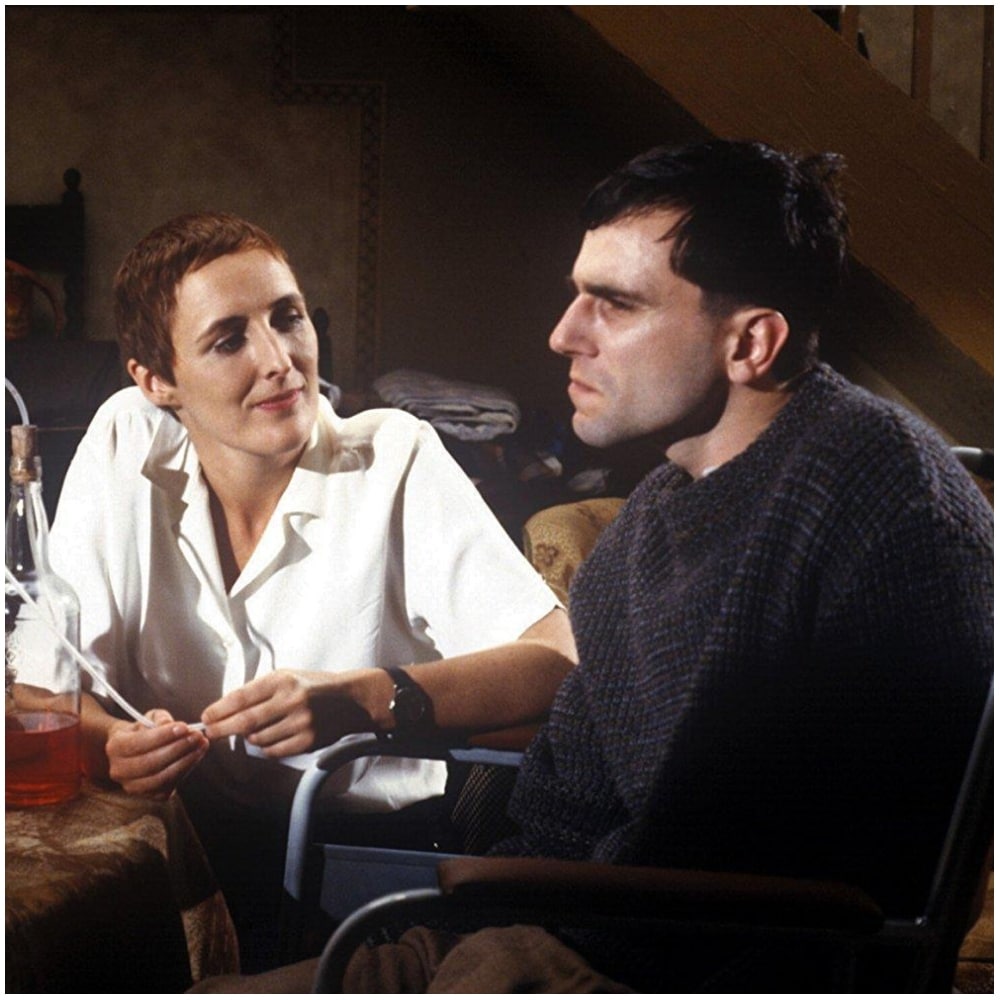
Blue Valentine – $1 Million Budget
Blue Valentine is a romantic drama that tells the story of a young couple from when they met to the chaotic and emotional end of their relationship. Ryan Gosling and Michelle Williams starred in the film and were largely considered responsible for the film’s success with their tremendous performances. Not only did they act in the film, but both also took on the role of executive producer. The film wound up turning over a surprisingly large profit, raking in $16.6 million at the box office.
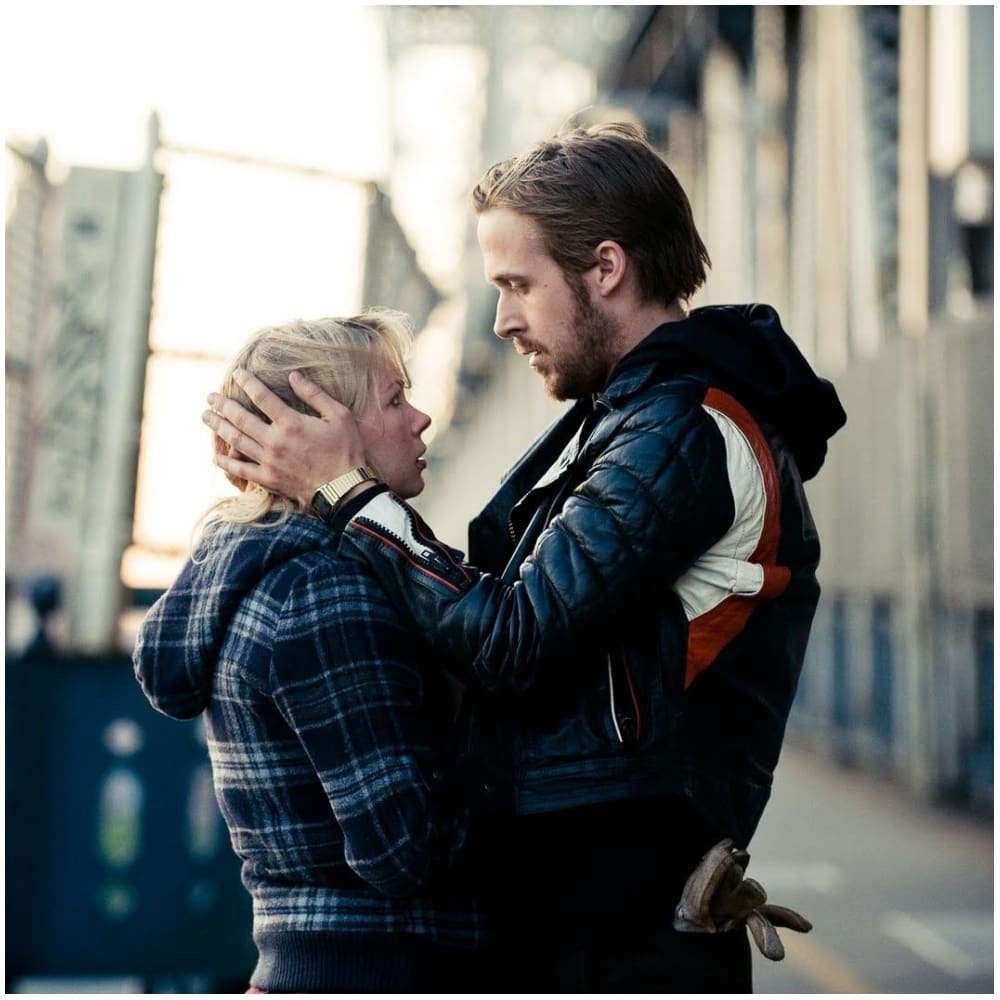
Rocky – $1 million Budget
When you think of Sylvester Stallone, one of the first things that comes to mind is bound to be Rocky. There is no doubt that the classic underdog boxing movie turned Sly into one of the biggest superstars in Hollywood history. One of the cheapest movies to make on this list, Stallone and producers Bob Chartoff and Irwin Winkler only had $1 million to work with. $117.2 million at the box office, three Academy Awards, and seven sequels later, Rocky is one of the biggest film franchises ever.
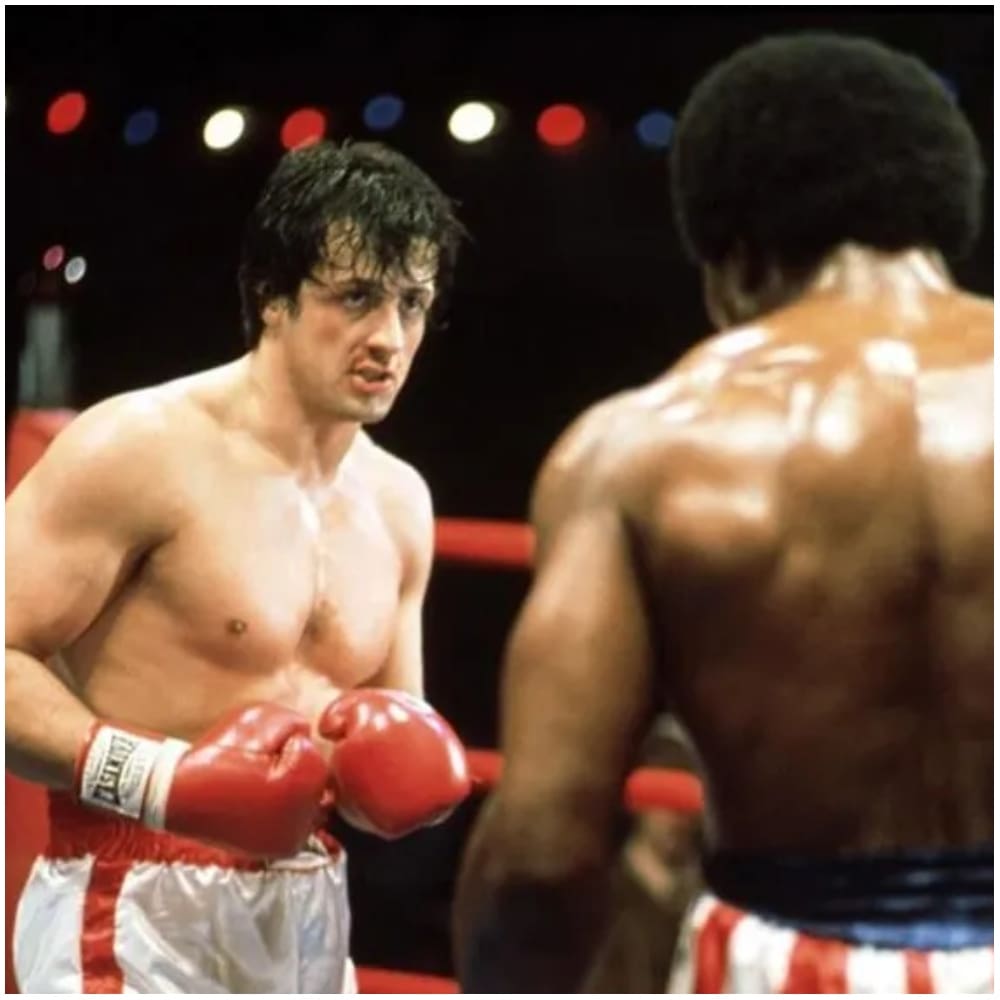
Lost In Translation – $4 Million Budget
This dark comedy starred the beautiful Scarlett Johansson and talented Bill Murray and became a huge hit. Sofia Coppola wrote and directed the 2003 film and instantly critics were raving about it, thanks to an Oscar-winning screenplay. The $4 million film was led by a college student and film star who helped captivate the audience and make the film a huge success. Lost in Translation ended up making $119.7 million worldwide, earning an admirable profit for the makers.
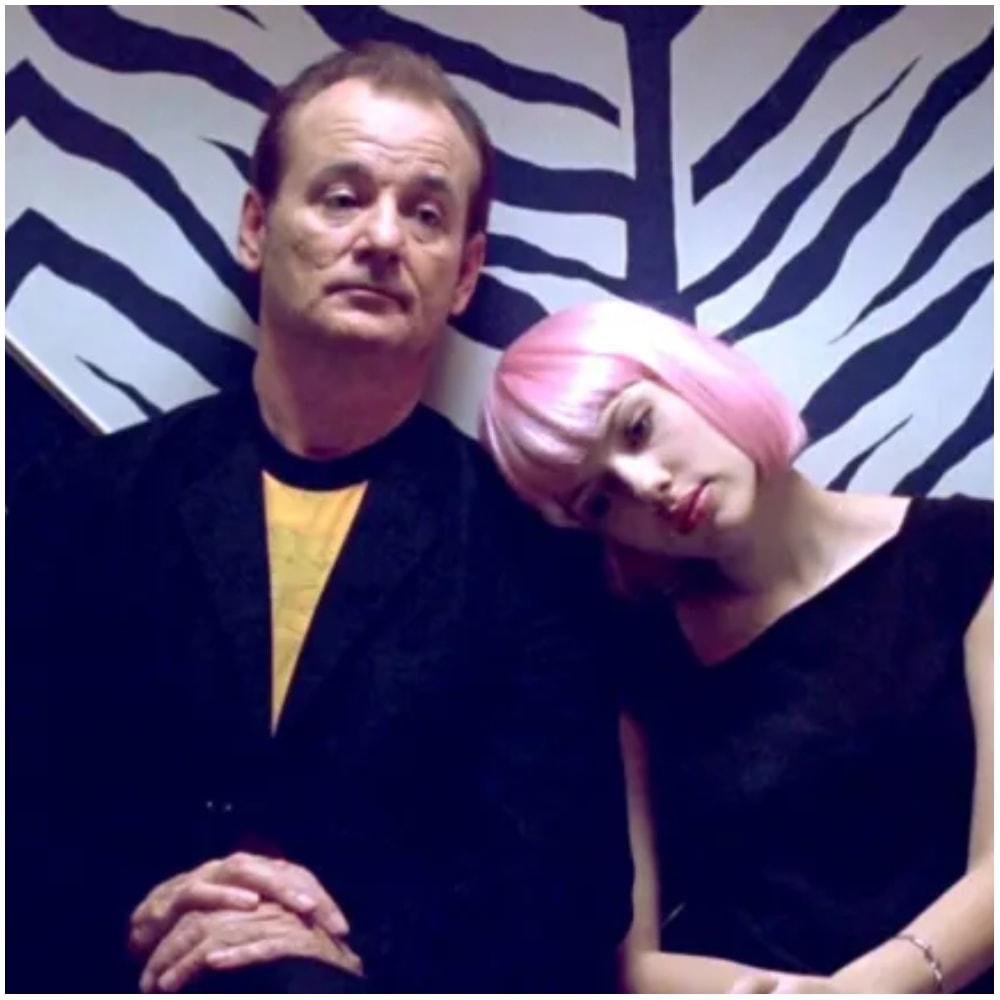
The Big Sick – $5 Million Budget
Kumail Nanjiania is a well-known Pakistani-American comedian and writer who is known for his role in the HBO comedy, Silicon Valley. However, in 2017, Nanjiania decided to take the leap of faith into feature-length filmmaking when he decided to co-write The Big Sick with his wife, Emily V. Gordon. After the film was released, it was hailed as a critical success and did well internationally. It wound up grossing a total of $56.3 million at the box office!

28 Days Later – $6.6 Million Budget
If you’re a fan of the zombie film genre, then 28 Days Later is definitely one to put on your must-watch list. The film features some pretty unique and scary twists on otherwise cliched themes in zombie films, but feels like it stays true to the genre the whole time. From the get-go, 28 Days Later grips you and doesn’t let go with action and horror all combined into a riveting experience. The film wound up grossing an amazing $85 million at the box office.
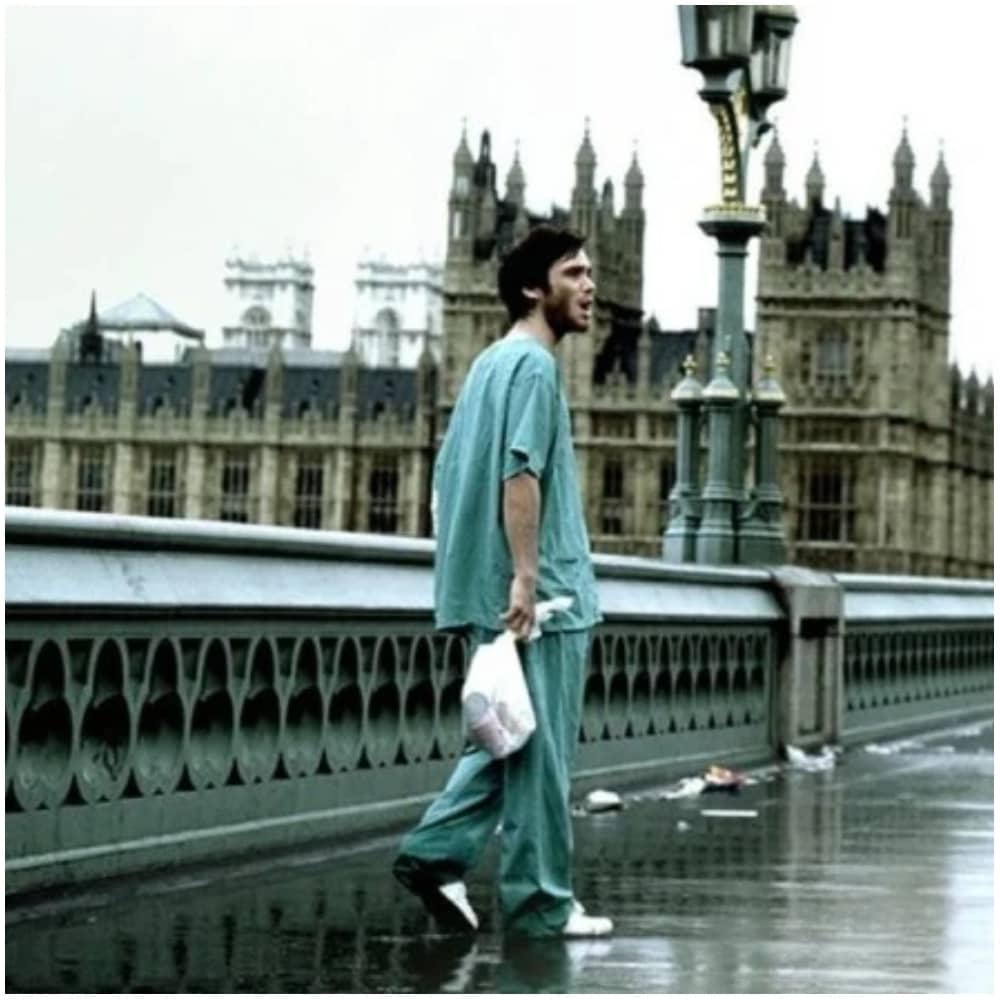
The Evil Dead – $400,000 Budget
Sam Raimi had a humble start to life and originally penned the script for The Evil Dead while he was working as a part-time cab driver and in his father’s furniture store. After saving up enough cash to produce the low-budget cult-classic horror film, he set out to produce what would become an all-time horror classic. The bizarre film that used humor in a way that creeped you out more than made you laugh went on to gross a whopping $29 million at the box office.
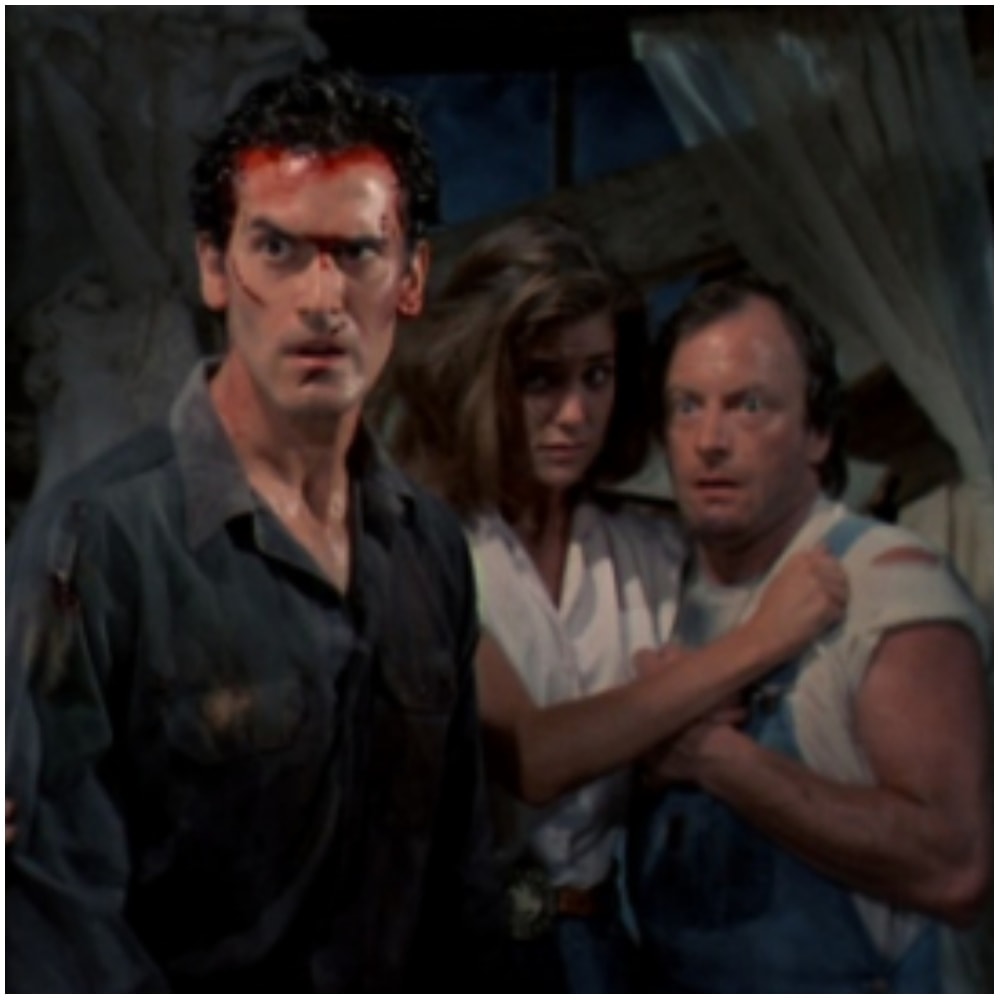
Napolean Dynamite – $400,000 Budget
Jared Hess is known for having created a very distinct visual style. His films are like American versions of Wes Anderson’s movies and they’re known for having a cool style and dry, innocent comedy. When Hess set out to create Napolean Dynamite, he had a very low budget. As the filming process continued, he realized he was on to something and by the time the film had been released, it became a box office sensation. Napolean Dynamite grossed over $46 million worldwide – more than 100 times the budget.
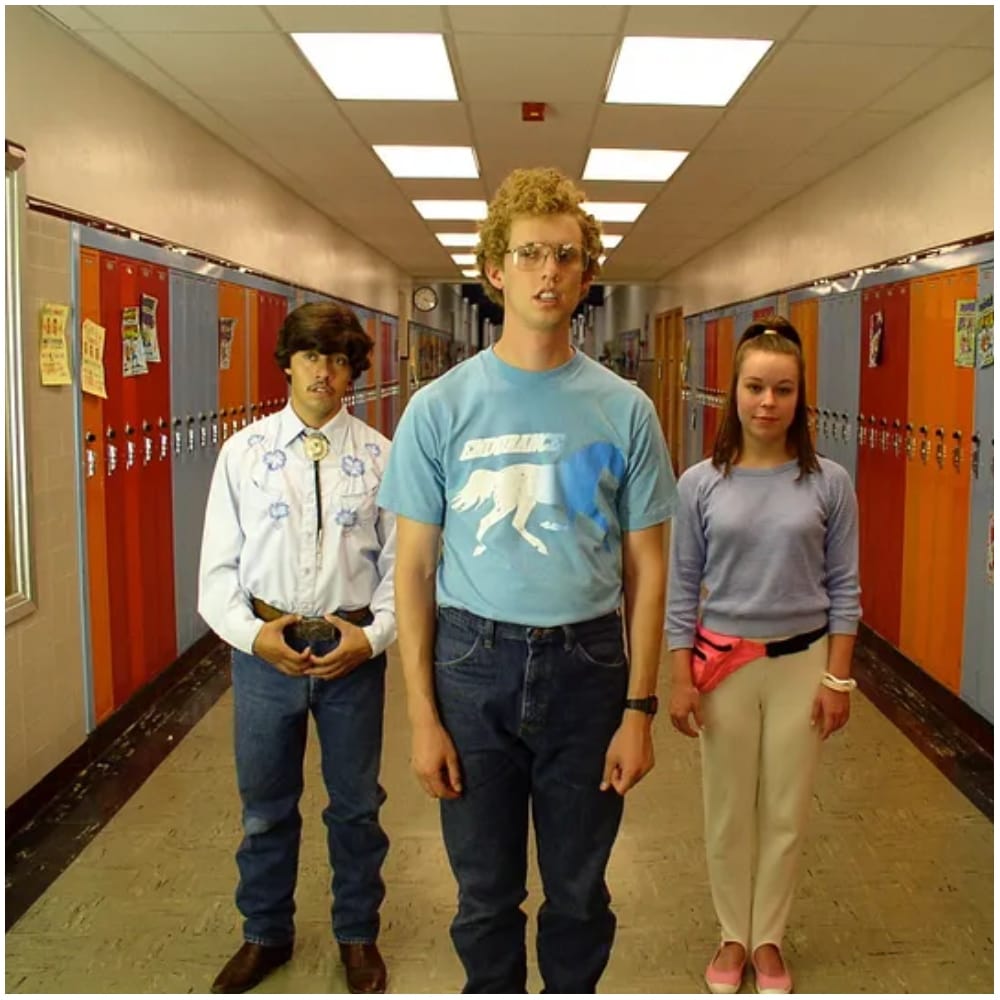
A Nightmare On Elm Street – $1.8 Million Budget
Freddy Krueger is easily one of the most recognizable and terrifying characters in film history. However, the man behind Freddy Krueger is considered a cinematic genius for having created a number of iconic slasher films that not only rocked audiences but the box office too! A Nightmare On Elm Street features a young Johnny Depp and an original premise for a horror film. The concept, casting, and weird use of grotesque humor was a success and the film grossed over $25 million.

Swingers – $200,000 Budget
With names like Vince Vaughn and Jon Favreau, it’s difficult to imagine a film that wouldn’t work out, at least now that is. Back in the early ’90s, these two prolific comedy actors had only just started their careers and were fledglings in the world of Hollywood. The film has largely centered around characters in a similar position as them and so the natural comedy worked pretty well. Audiences fell in love with the duo and the movie went on to make over $4 million at the box office.

Once – $160,000 Budget
Once is like watching a real love story play out on the screen. The small crew and cast, directed by John Carney, had little more than $160,000 as their total budget and went on to earn over $20 million at the box office with this charming and warm romantic movie. The stars of the film, Marketa Irglova and Glen Hansard, were even awarded an Academy Award for the song that they wrote for the film. Once is proof that you can make a successful film on a tight budget.
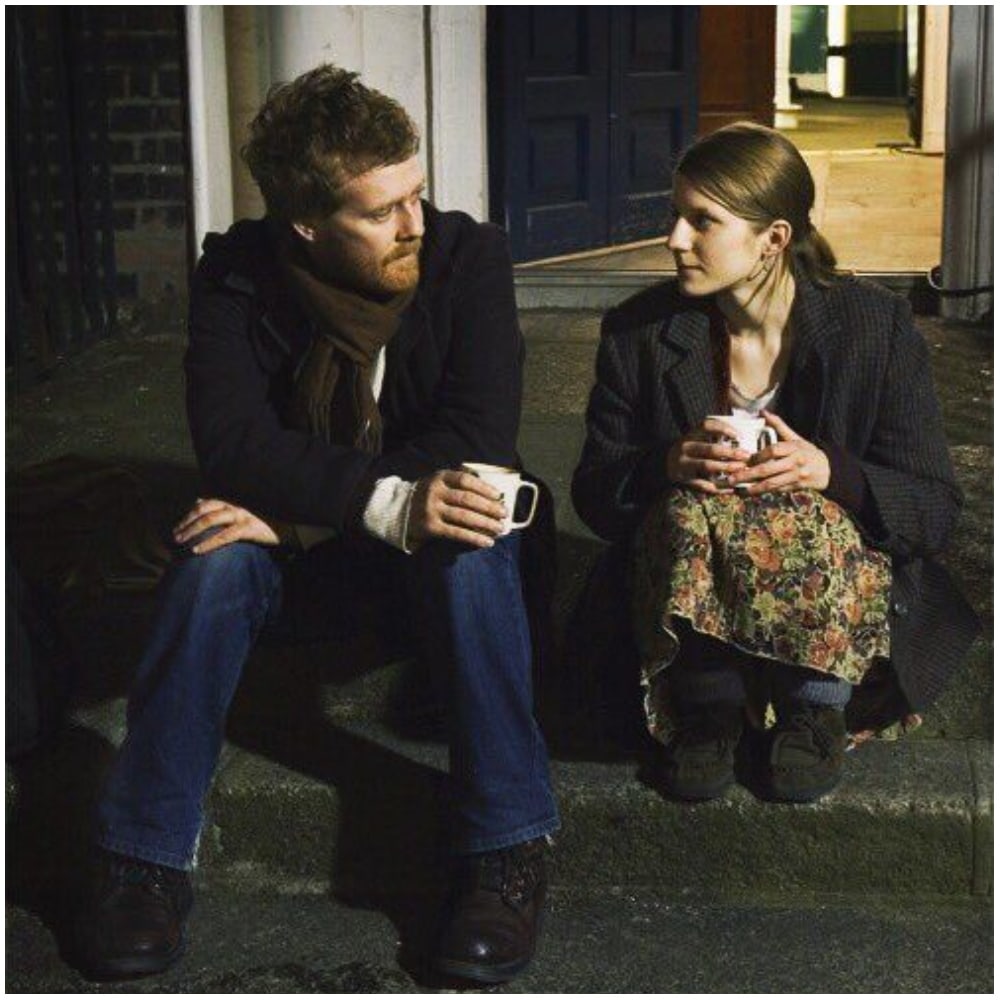
Little Miss Sunshine – $8 Million Budget
The indie film about a young girl with dreams of beauty pageant glory managed to shine at the box office, despite being thrown together with a cadre of stars and a tiny budget. The film made a star out of Abigail Breslin while allowing many of its other stars to show a different side of their skills. With two Oscars to its name, Little Miss Sunshine deserved every cent of the $100.5 million in earnings it made.
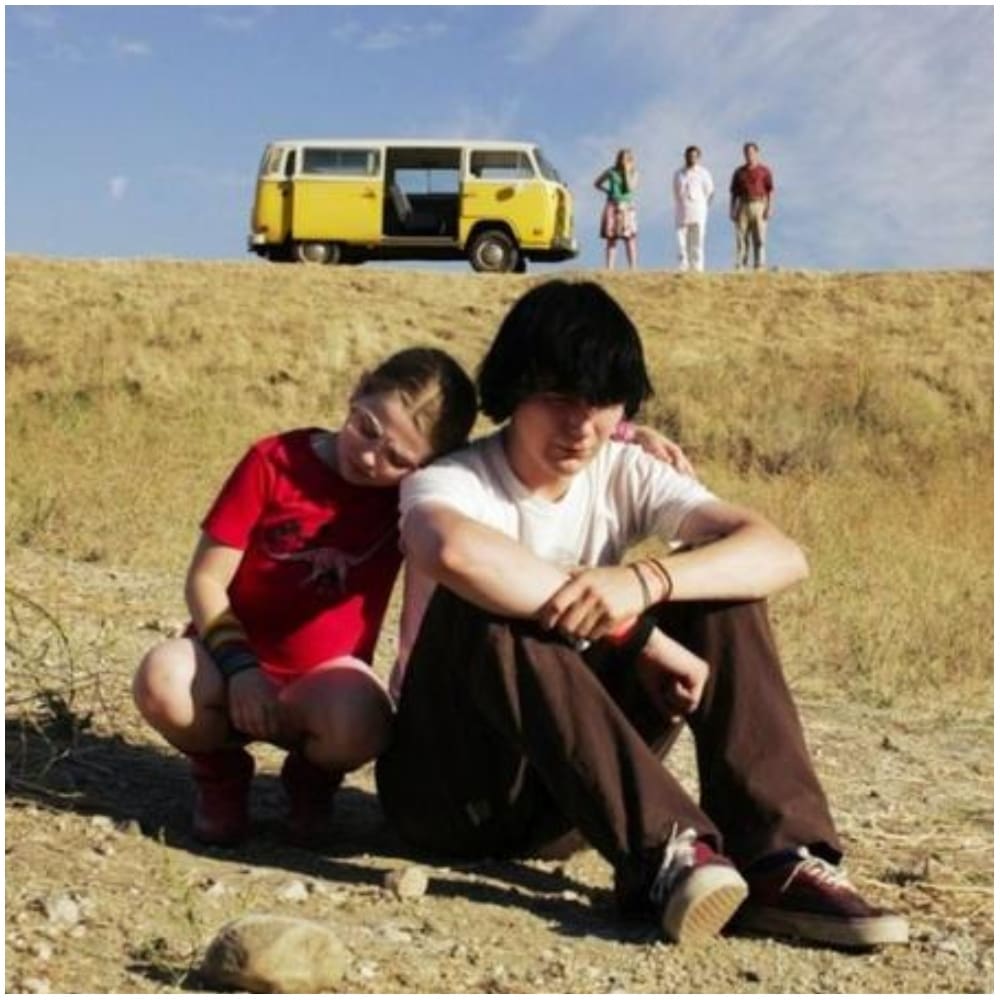
Supersize Me – $65,000 Budget
Documentaries don’t generally need a very large budget, but they’re also not always known to gross that highly at the box office. Supersize Me was an instant hit among audiences because it documented the day-to-day life of someone eating nothing but McDonald’s for a month. Director Morgan Spurlock pointed out some disturbing facts about fast food culture, audiences were amazed by the results, and his small budget documentary wound up making over $29 million at the box office. This is still an amazing amount for a documentary!
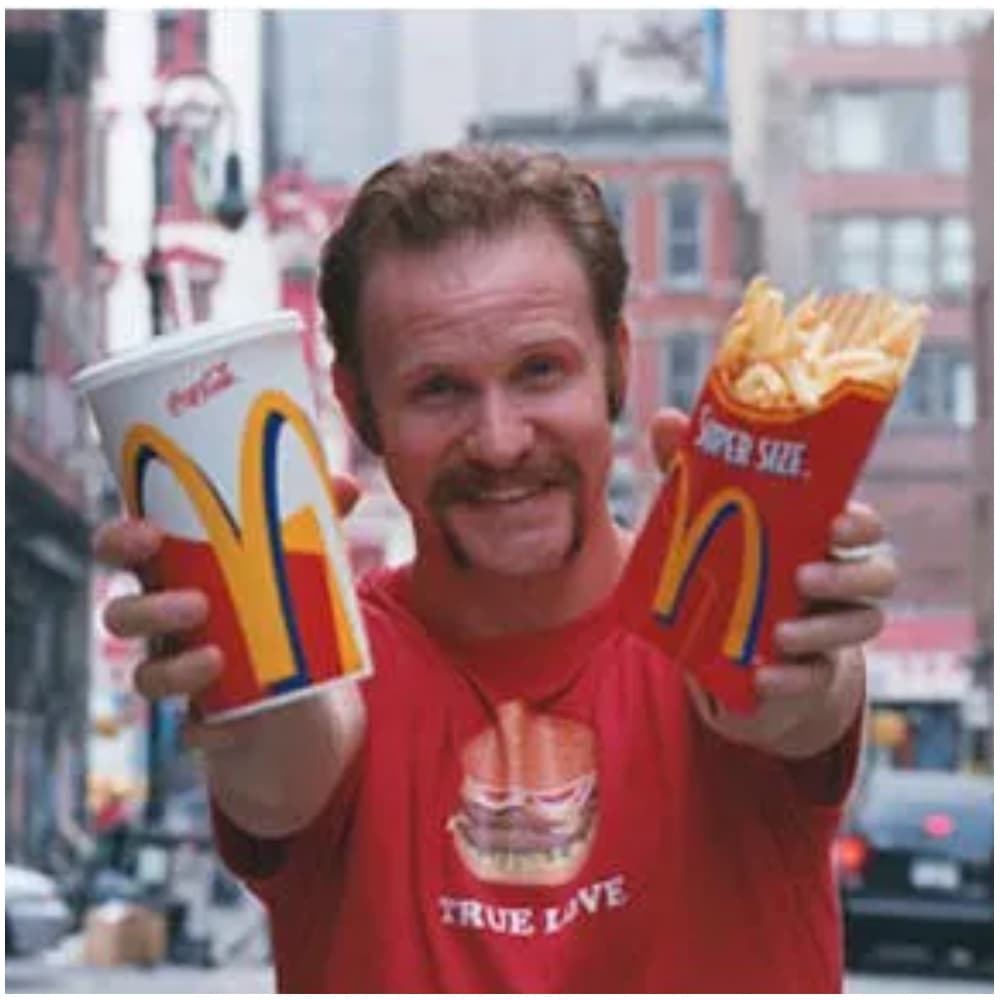
The Purge – $3 Million Budget
On just a $3 million budget, The Purge features an original script and concept that managed to rake in the big bucks, grossing $89 million worldwide. It is also the lowest budget movie since 1988 to finish first in the box office. The movie takes place in the near future, in a dystopia where people are allowed to commit whatever crime they want during a 12-hour period, once a year, without having to suffer any legal repercussions. Starring Lena Headey and Ethan Hawke, the original was so successful it has spawned three sequels.
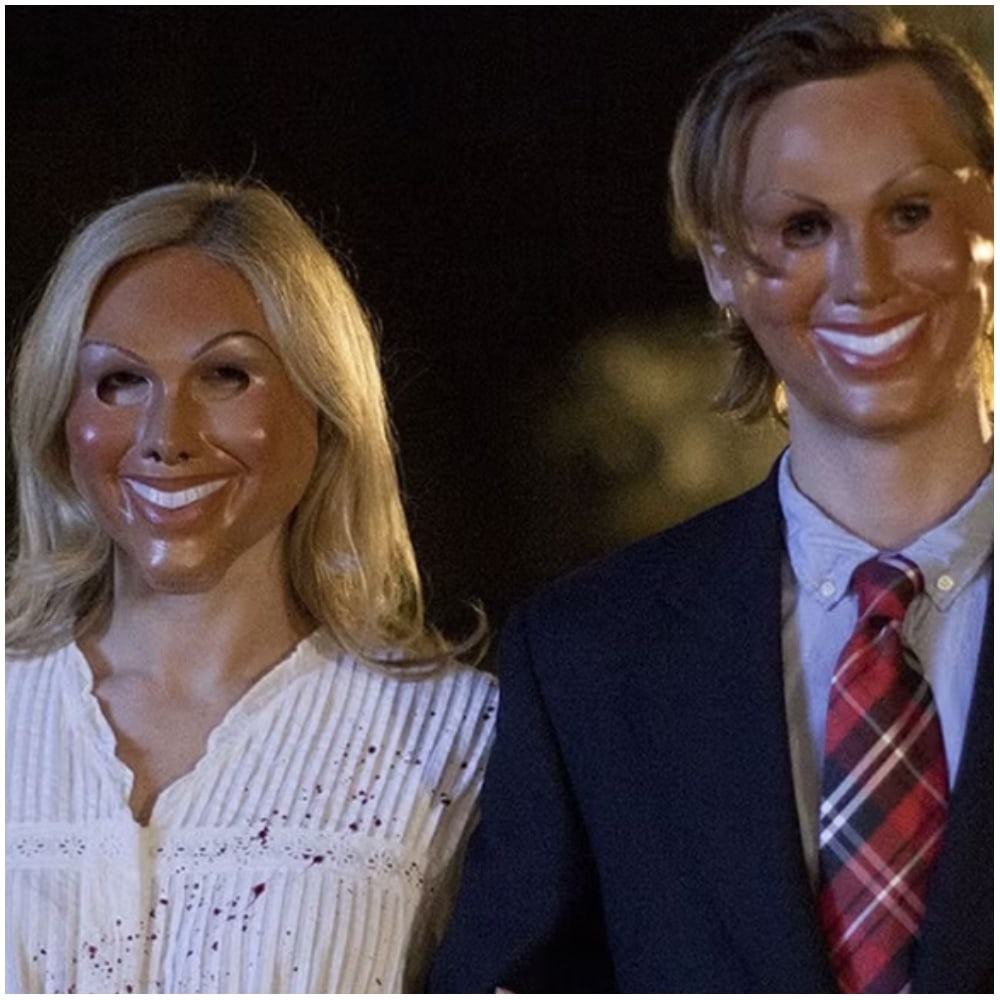
Buried – $2 Million Budget
Buried is one of Ryan Reynolds’ least known movies – but according to some, it’s also one of his best. The tense and compelling psychological drama takes place mainly in a coffin, where Reynolds’ character has been buried alive. The tension and sense of claustrophobia created during the film will have you on the edge of your seat the whole time! Reynolds delivers an amazing performance in this film that’s not to be missed. The film went on to earn over $21 million at the box office.
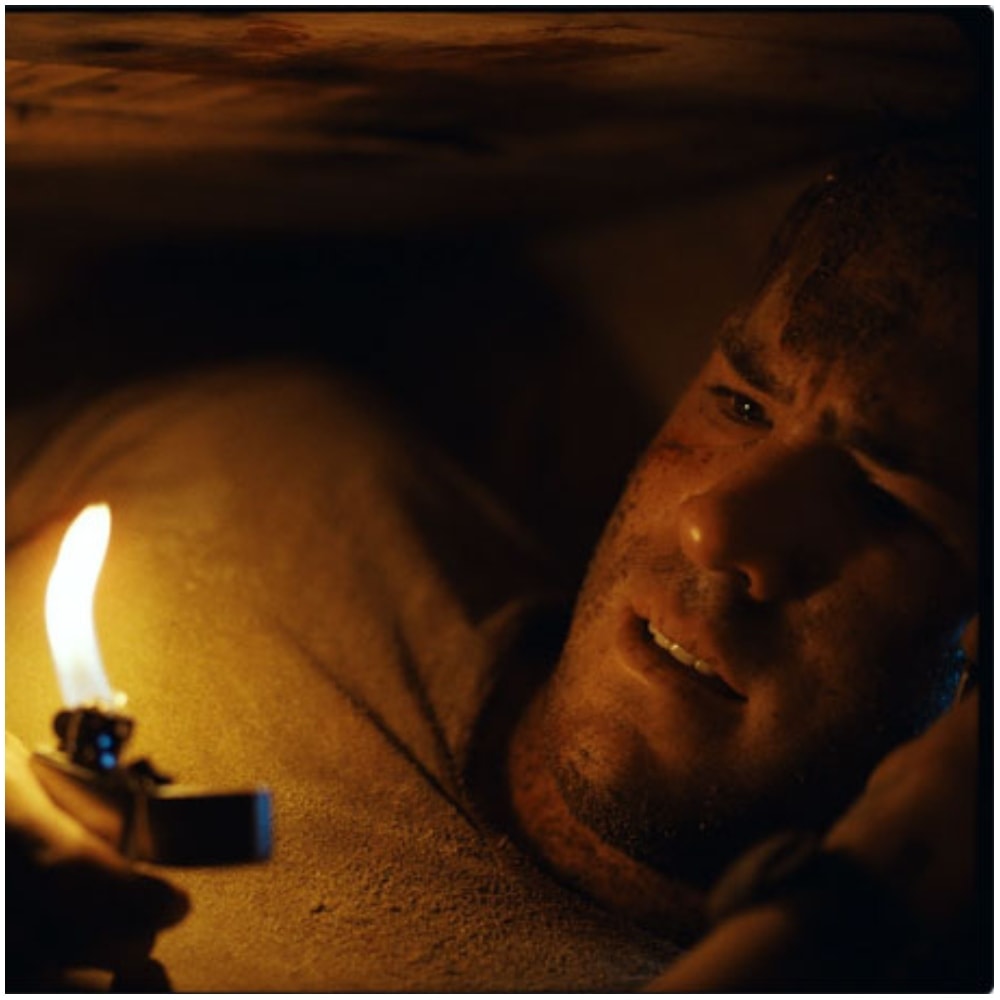
Saw – $1.2 million Budget
Who ever thought that a movie about a torture game would become so popular? James Wan is renowned for working with low budgets and creating awesome, profitable franchises. His very first one was Saw, which ended up spawning a number of financially successful sequels. After only spending $1.2 million and 18 days on the movie, Wan had created a horror masterpiece that not only displayed a lot of gratuitous violence, but the movie also had a well-worked story at its core.
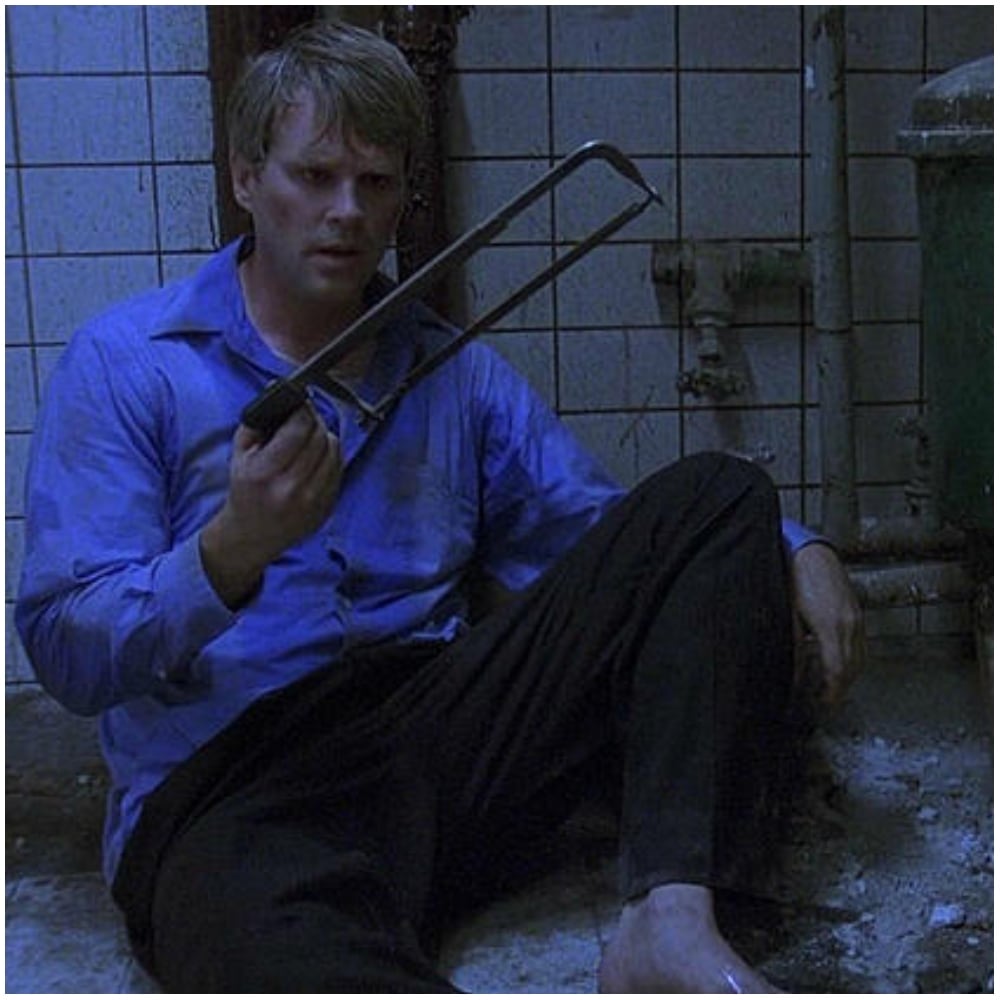
Open Water – $500,000 Budget
This is not a film for those afraid of the open water. Open Water is yet another low-budget film because let’s face it, the producers did not need to spend much on the set. Following two scuba divers who become stranded in water with terrifying shark lurking around them, the film only required a $500,000 budget. Producers used handheld cameras creating a real-life feel. Open Water grossed a whopping $52 million upon its 2003 release, one of the most impressive profits for such a low-budget film.
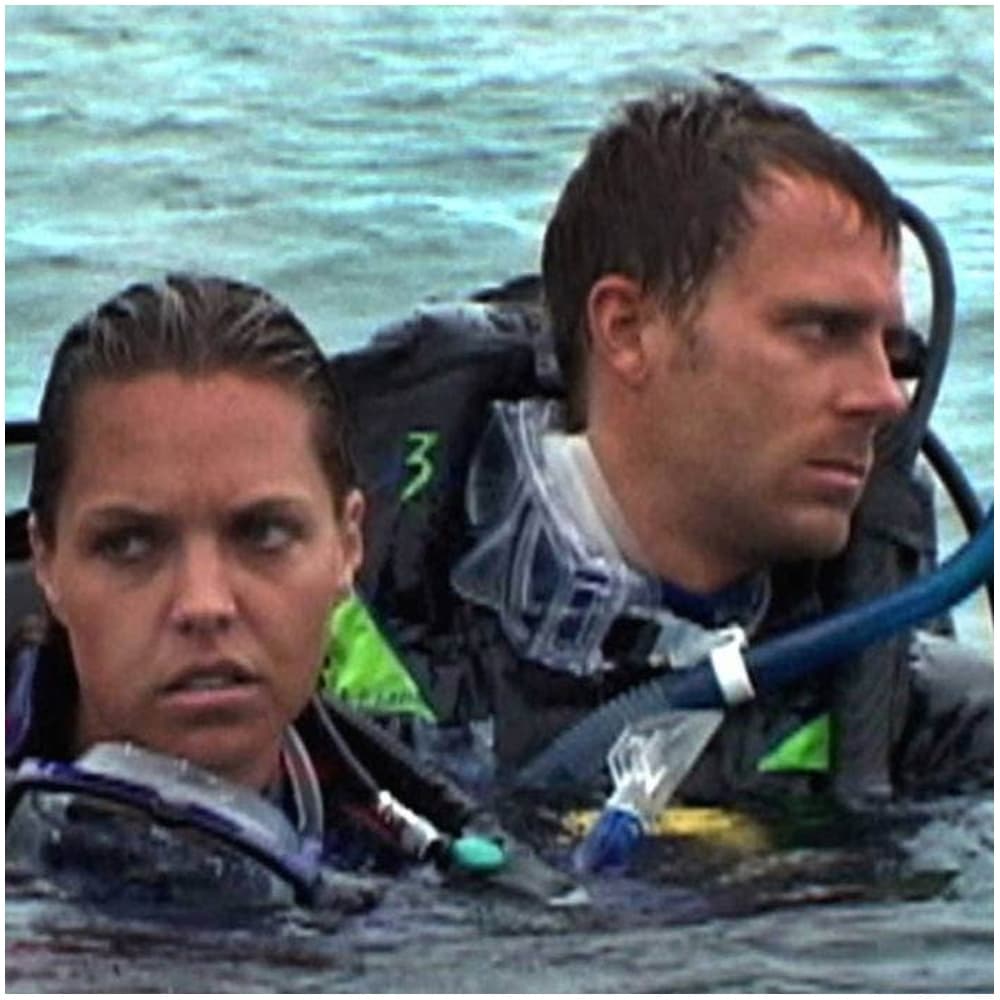
Halloween – $300,000 Budget
Halloween has become a hallmark of the slasher genre and led to John Carpenter’s success as a director. Today he is widely considered one of the most prominent horror directors of all time – and Halloween had a lot to do with that. The film starred Jamie Lee Curtis as a young babysitter who was being stalked by a psychotic madman. The killer, Mike Myers, has gone on to become a cult-classic icon and the movie went on to make $70 million at the worldwide box office.
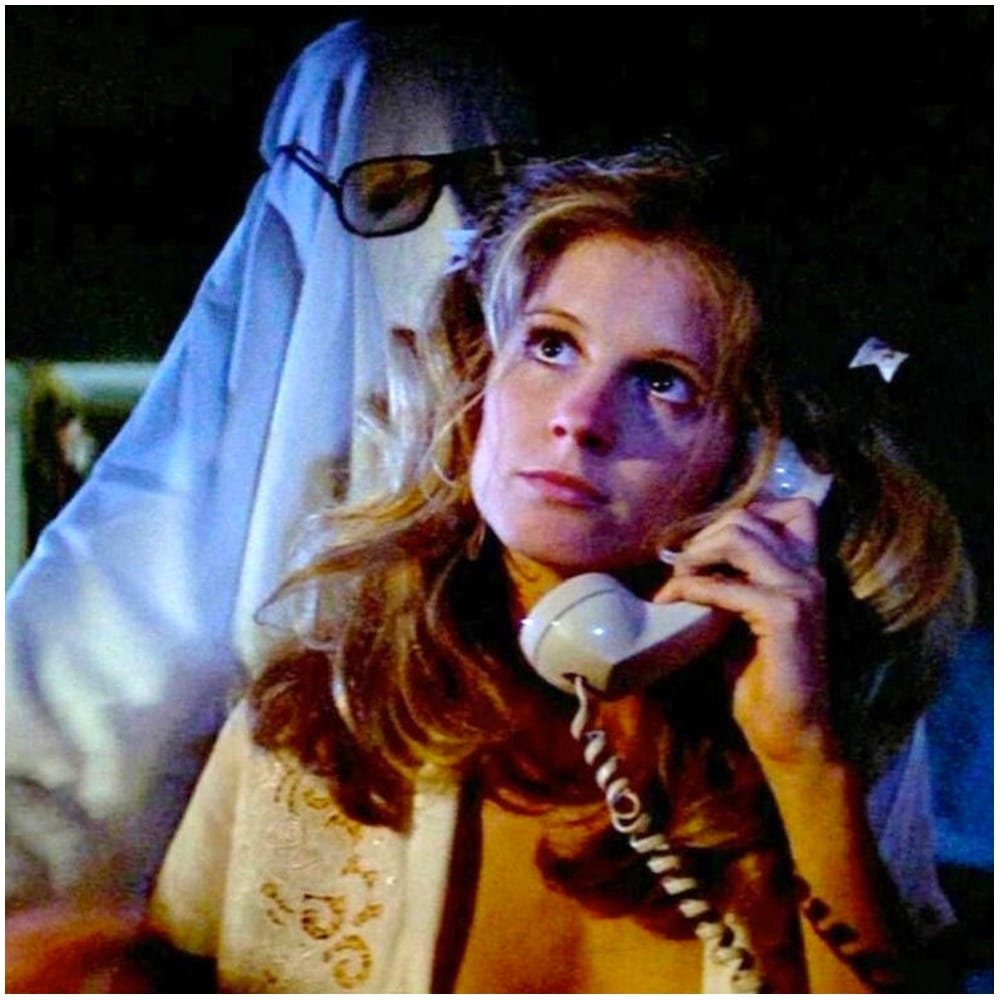
Get Out – $4.5 Million Budget
One of the biggest hits of 2017 was the low budget horror film, Get Out. It was the comedian Jordan Peele’s directorial debut, but based on the amount of revenue it earned at the box office, it’s clear that he made his mark. It was a hit with both audiences and critics, who showered the film with praise. The small film managed to earn $255 million worldwide.

‘Blazing Saddles’: The Things Producers Hid From Public
Mel Brooks’ Secret
1974 brought one of the funniest films ever made by Warner Brothers. It hit the silver screen and made huge waves, which still carries an impact to this day. Here are hidden facts about Blazing Saddles! Around the time when Mel Brooks took on Blazing Saddles, his son Max was born. Brooks was short on cash, so he felt compelled to make the movie work. Though he didn’t want to seem like a sell out, he said he felt like Charles Dickens in taking on a project just for the money.
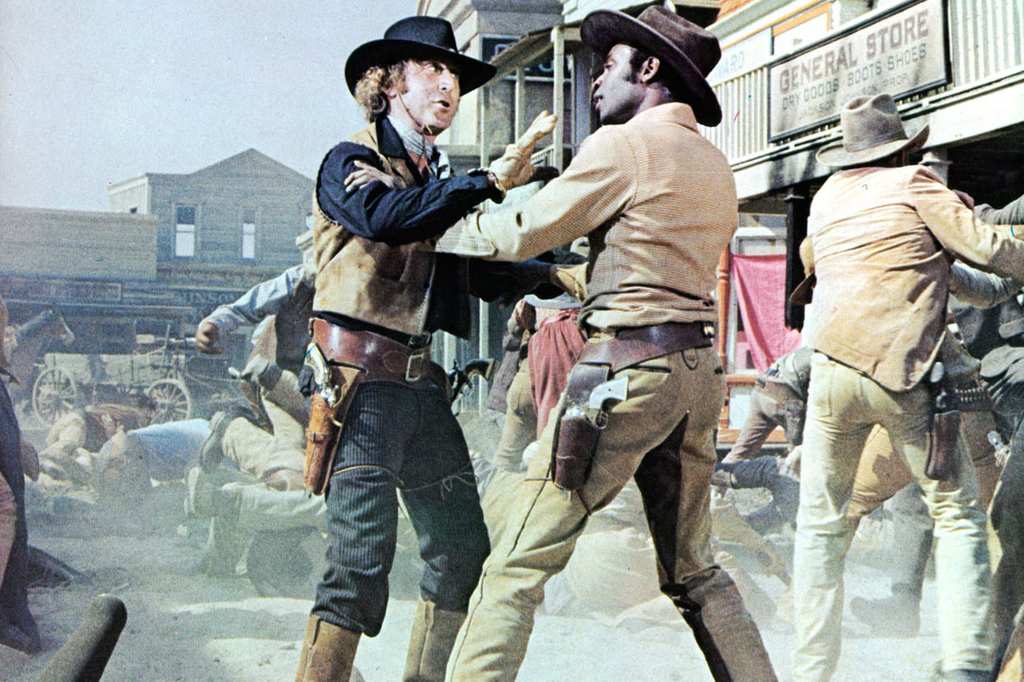
You’re Fired!
Madeline Kahn had been booked for the film adaptation of Mame prior to the beginning of filming for Blazing Saddles. Mame was being adapted from the Broadway musical, and starred Lucille Ball alongside Bea Arthur. Just a day before her work on Blazing Saddles began, Madeline was fired from Mame. Ball claimed that Kahn had was aiming to get fired by giving a bad performance so she could focus on playing Lili von Shtupp.
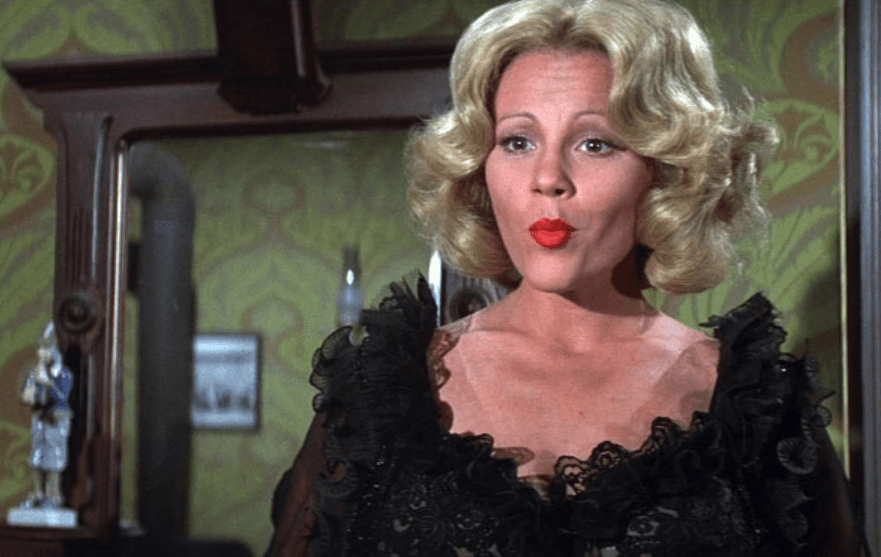
Whatever Helps You Sleep At Night
Chief executive Ted Ashley was not pleased after Brooks screened the film for Warner Brothers. Ashley cornered Brooks and commanded, “You have to do the following: take out the bean scene, punching a horse, the Lili von Shtupp and the black sheriff ‘you’re sucking my arm,’ or something. You’ve got to take it all out.” Brooks replied, “Great! They’re all out,” only instead of doing as he was told, he threw out all the notes and walked away.
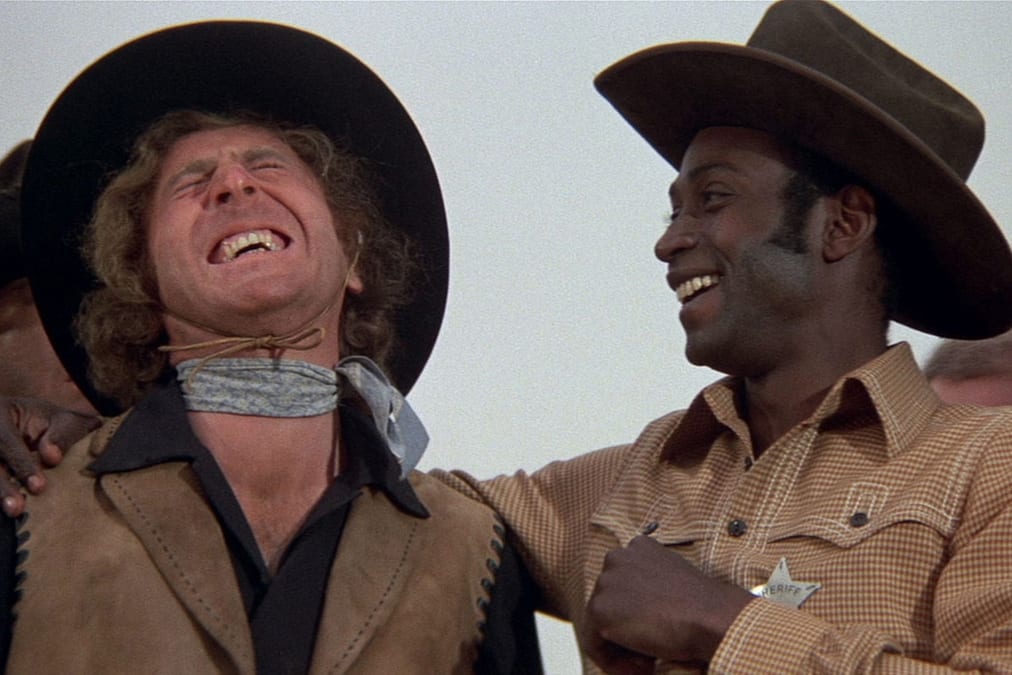
Down You Go
Film fanatics will remember the following scene very well: the brutish Mongo parked his horse in a no parking zone, and then was confronted by a fellow horse rider. Mongo then calmly walked over and clobbered the horse, and by doing so, he knocked them both to the ground. Apparently, Brooks did not simply make up this part out of thin air, but rather, it was inspired by a real-life story he once heard from his old boss, Sid Caesar.
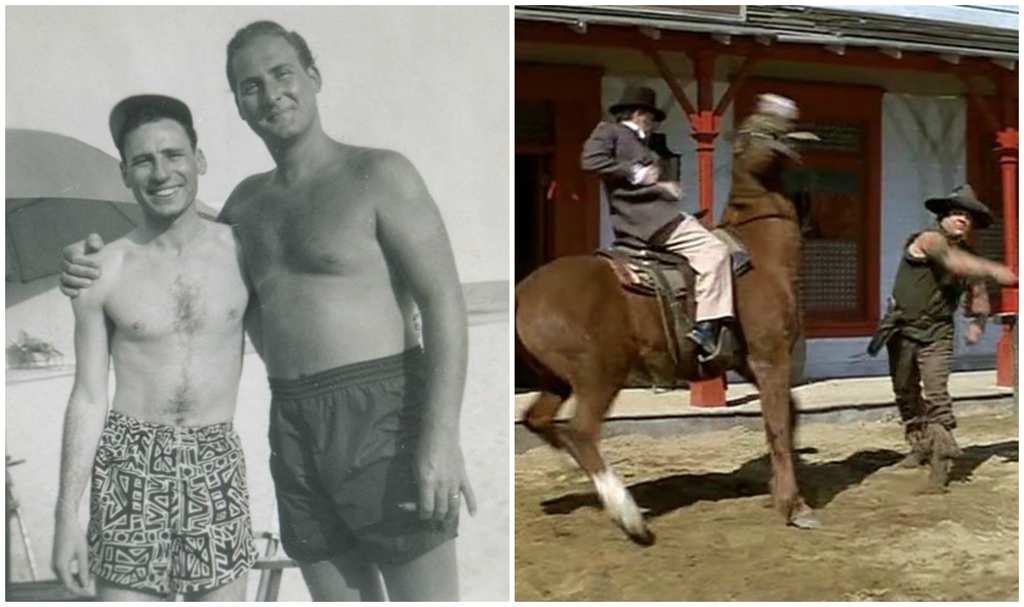
Bad Taste
Despite how hilarious Mongo’s knockout punch scene was considered, some viewers saw it as inappropriate. Animal rights activists were enraged with the treatment of the horse, despite the fact that in reality, no horses were injured. Still, it was argued that a lesser violent scene could have been made, which would not have made others get any ideas as was suggested in the film. Fortunately, the filmmakers did not have to harm any animals to film the scene, as they had horses trained to fall on command.
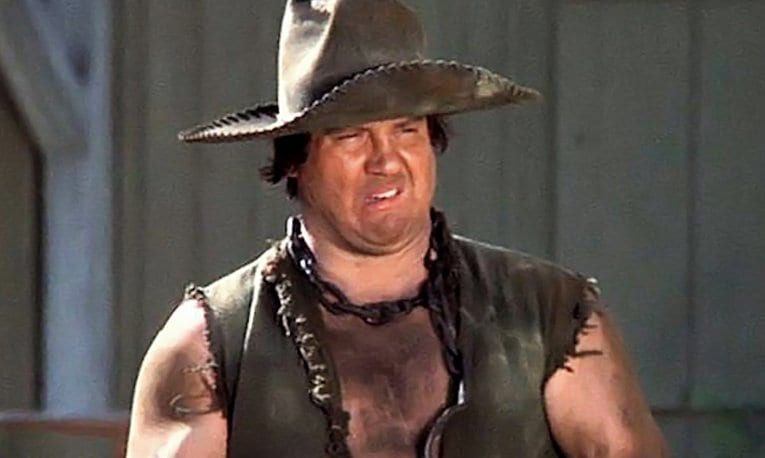
Getting The Boot
In the first round of shooting, the Waco Kid was played by Gig Young. One of the early scenes shot was when the Waco Kid hung from his bunk, intoxicated, and berates Bart. Upon viewing the scenes, you might think that Young is an amazing actor for acting drunk so accurately. However, the truth was, he was actually drunk, to the point where production had to be stopped. Gig was booted, and Gene Wilder replaced him. Years later, Young filed suit against the studio for breach of contact.
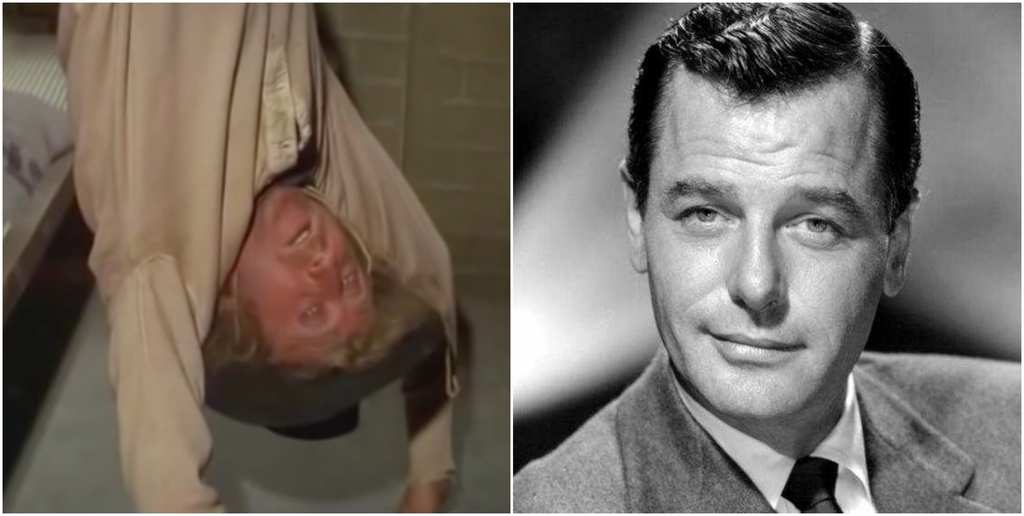
Sleeping With The Stars
For a comedy movie that involved cowboys’ flatulence, some of the actors took their roles very seriously. One of those was Slim Pickens, who wanted to truly be Taggart, the bully gang head who worked tirelessly to terrorize the Rock Ridge citizens from their town. Slim decided to really get in the mindset of his character, he would sleep outside, like a real cowboy. Not only that, he did it with his Winchester right by his side, reminding him always that he is an outlaw.
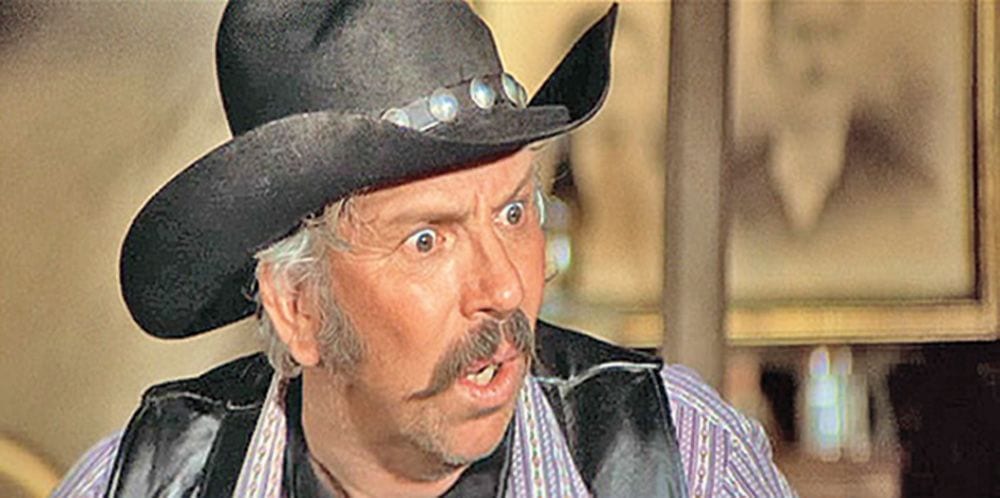
What’s In A Name?
One of the key details that the writers struggled to agree on was its title. Originally, Ten X was the working title for this movie, and is actually a reference to Malcolm X. However, this ended up being changed to Black Bart. Despite this change, the writers still didn’t like it, considering The Purple Sage as another potential name. Then Brooks was in the shower when he came up with the title Blazing Saddles. His wife loved it, and the rest was history.

Reach For The Sky
Believe it or not, Sheriff Bart was not a popular figure. Amazingly, in order to be let free by the townspeople, he held a gun to his head. Originally, Brooks got this idea from something that happened during his childhood. As a kid, Mel tried stealing a water pistol and a pack of gum from a store. When the clerk tried to stop him, little Mel pointed the “gun” at him, threatening that he would pull the trigger.
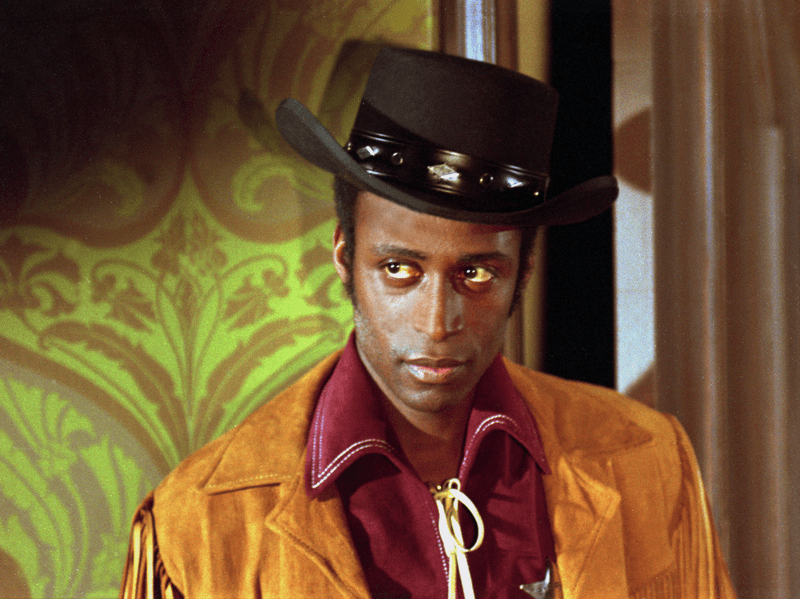
A Room Full Of Crickets
Warner Brothers believed that Brooks was capable of recapturing the magic he produced in the movie The Producers. However, upon early viewings, the movie was poorly received and executives from the studios were worried how not funny they found the movie. Nevertheless, Brooks was confident that the movie would do well and that they just needed to unveil it to the masses. Eventually, Warner Brothers agreed to release the movie and they were happily proven wrong based on early reactions.

A Stingy Studio
Before release, Brooks was in a position where he had to work hard to convince the studio about the movie’s potential. “It’s simply too vulgar for the American people,” the head of distribution said. “Let’s dump it and take a loss.” This is when the president John Calley decided that the movie should initially be released in certain cities. These included Los Angeles, Chicago, and New York. Fast forward to the end of the summer, and it was the studio’s biggest blockbuster.
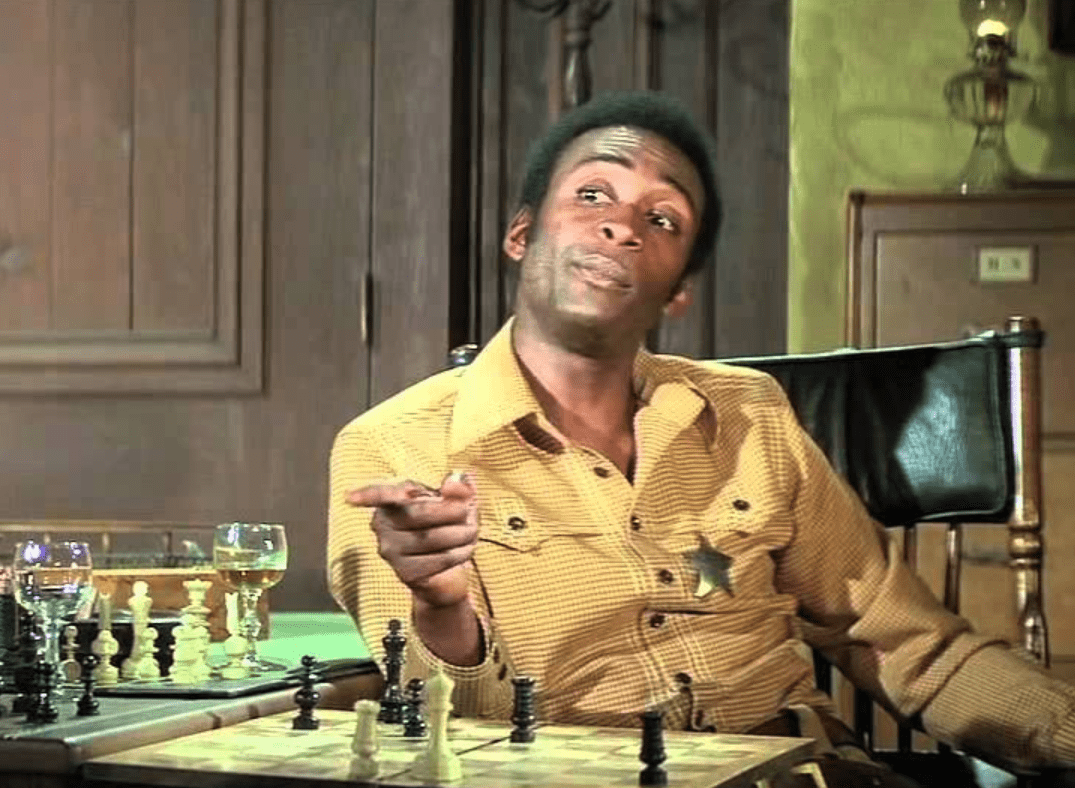
Bringing In A Comedic Genius
In between screenwriting for Blazing Saddles, Brooks was also in the middle of creating a TV show titled Your Show of Shows. He had the idea during his time in New York after watching Richard Pryor perform one evening at the Vanguard nightclub. After meeting the comedian, the pair hit it off, and Brooks offered Pryor a role. The rest was history and Pryor was the key to its success. He wrote most of Mongo’s dialogue.
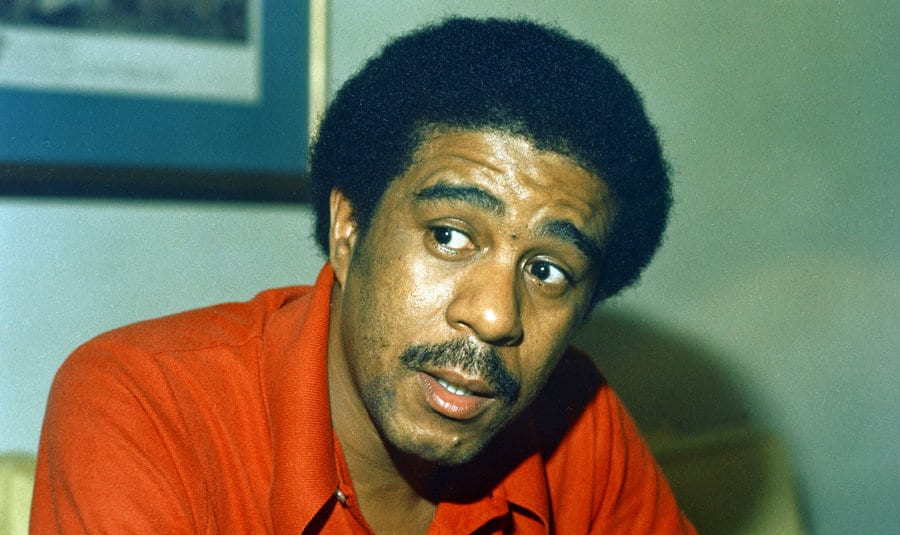
The Gridiron Gang
Harvey Korman’s Hedley Lamar may have failed to remove Sheriff Bart from his post with his dispatch of Mongo. However, Alex Karras was a very successful football player in his heyday. Karras, played in NFL for a staggering 12 seasons. Karras was part of the All-pro team nine times and was even part of the NFL’s All-Decade team in the 60’s. Also, he was a four-time Pro Bowler, but after leaving the Detroit Lions, pursued a career in acting and initially joined cast of Webster.
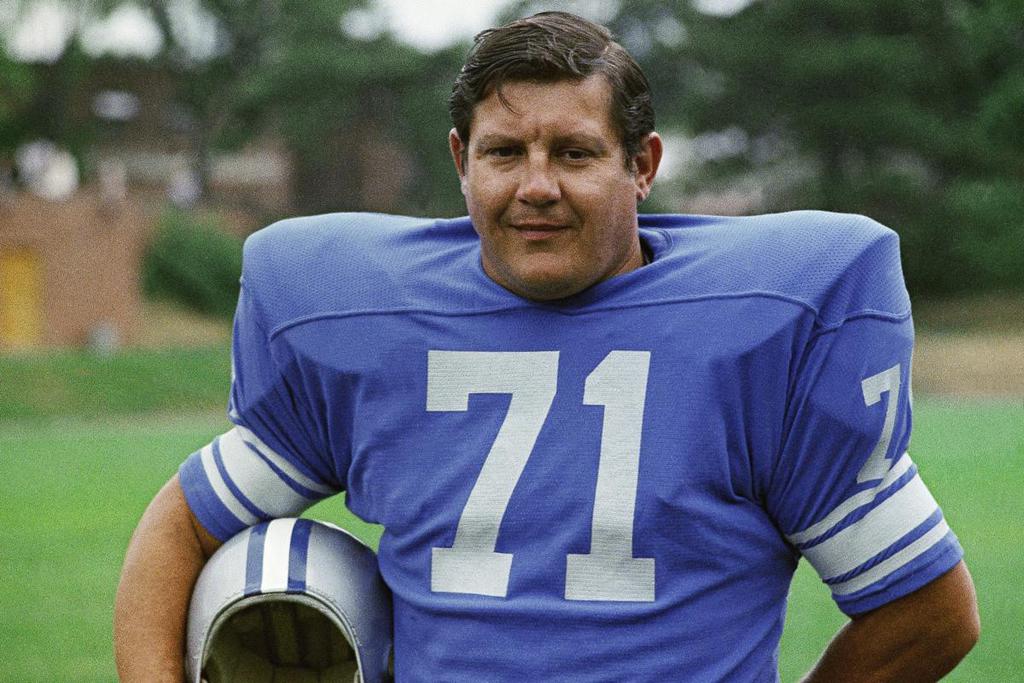
Music Musical Chairs
Brooks has always been a creative genius when it comes to doing things differently. This certainly applied when he wanted to use foreground music instead of what was more commonly used – background music. As a result, he chose one of the best band leaders out there: Count Basie. He utilized Basie and his band to play the song “April in Paris” in the movie. Amazingly, Brooks also composed the theme song of the movie, which ended up being sung by Frankie Laine.

Your Name Is My Name
Mel Brooks had written the perfect antagonist for Blazing Saddles, naming him Hedly Lamarr. Unfortunately though, his character’s name bore a striking resemblance to the name of a well-known actress who had been on contract with MGM from the 1930s to the 1950s. Hedy Lamarr was not impressed by the resemblance to her own name, which Harvey Korman had joked would cause a lawsuit. It did, but the pair were able to settle out of court.
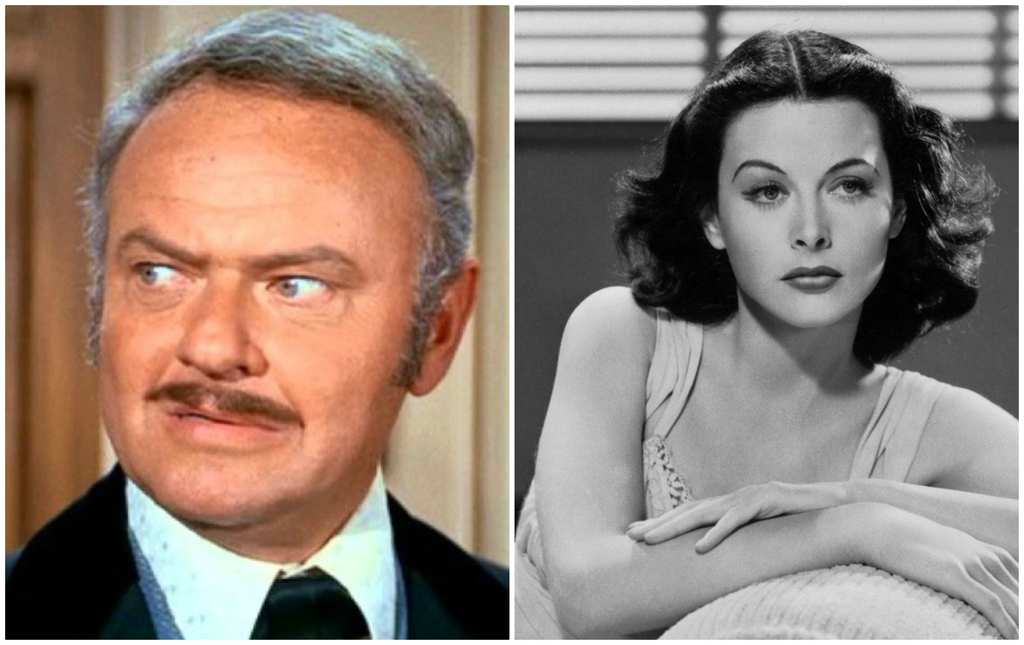
The Uninvited Extra
In an iconic scene that closes out the film, Sheriff Bart and the Waco Kid are pursued through the backlot on which the Warner Brothers movie was shot. They run through the gates, breaking the suspension of disbelief, and everyone turns right, except for a singular person. That guy was a random pedestrian who’d found himself on set, and didn’t understand the instructions to leave. Brooks had him sign off on the appearance and let him stay.
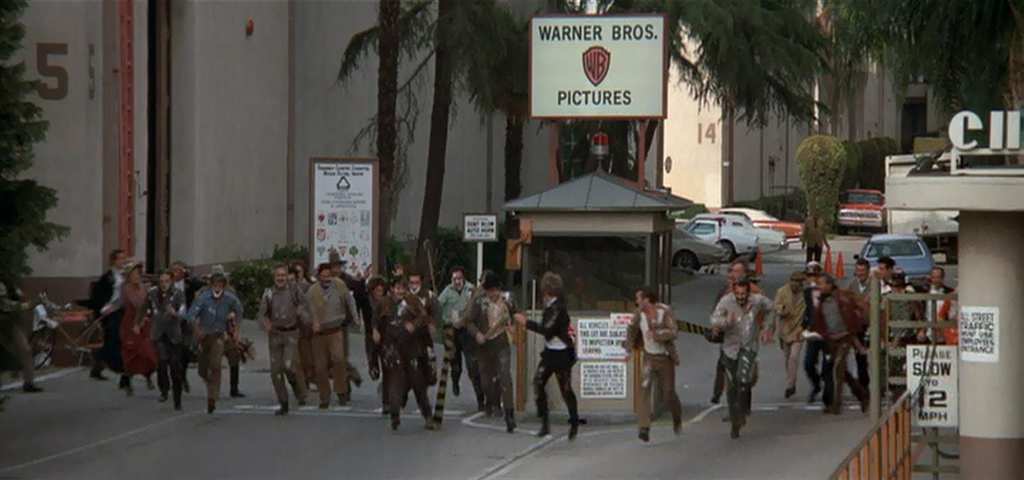
There’s Magic In The Air On Broadway
After the popularity of the Broadway production of The Producers, he was asked about putting Blazing Saddles on The Great White Way. Brooks has a vision of how to do it, but he worries the risqué material won’t fly anymore. He said, “It’s pretty dangerous stuff, using the N-word. I wouldn’t shy away from it, but I don’t know if I could get away with it. I got away with it then. I don’t know if I could get away with it today,” he said.
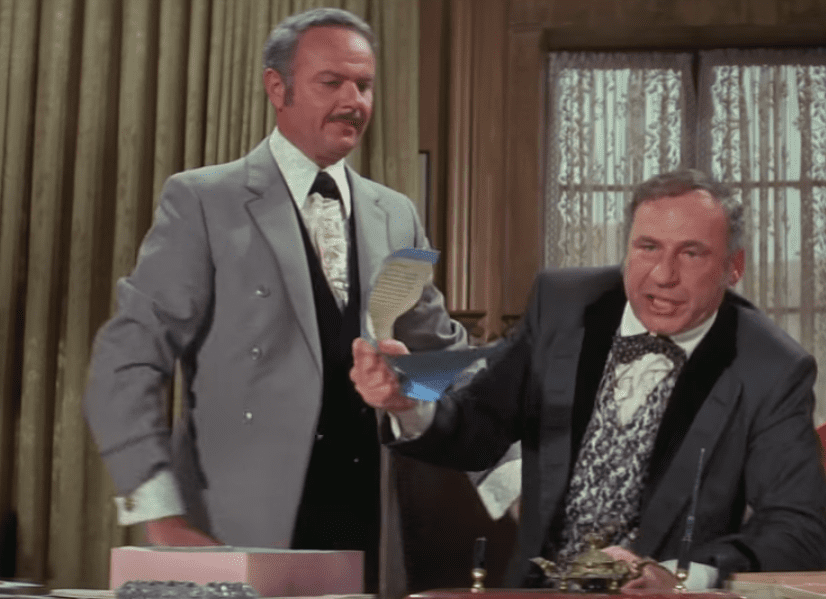
If I May Say So Myself
Mel Brooks has won a lot of accolades for the hilarious Blazing Saddles. Without worrying about modesty, he couldn’t help but say that he thinks it’s one of the funniest movies of all time. In comparing it to Some Like It Hot, Brooks opined, “Billy Wilder’s film is extremely funny, but scene for scene, there are more laughs in my movie. It’s not right for me to say so, but I really think this could be the funniest motion picture ever made.”
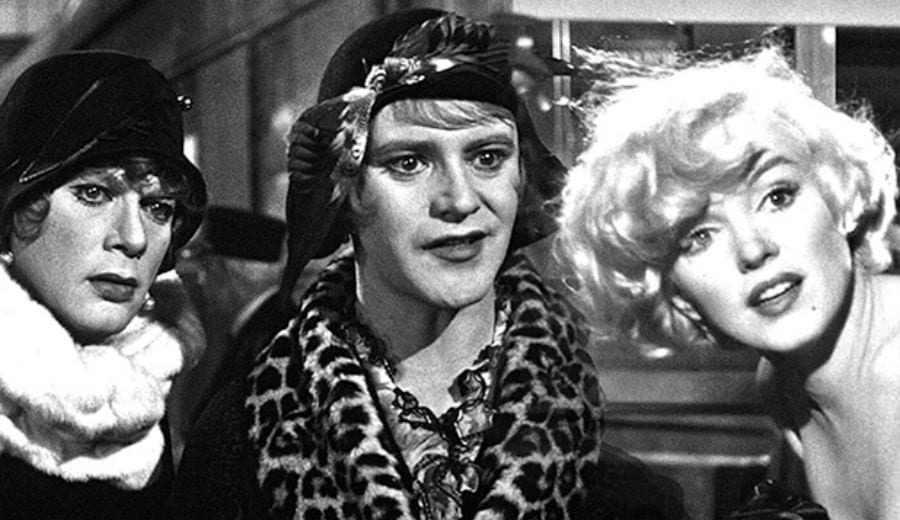
Legging It Out
Brooks had had his eye on Madeline Kahn when he created the role of Lili von Shtupp, as he knew she had the comedic chops. However, when she came to read for the role, Brooks asked to see her legs. Kahn assumed his intentions were less than pure and said, “Oh, you’re that kind of guy.” Brooks then clarified that the character was a spoof on Marlene Dietrich and therefore needed nice legs. She understood, but warned him, “No touching!”
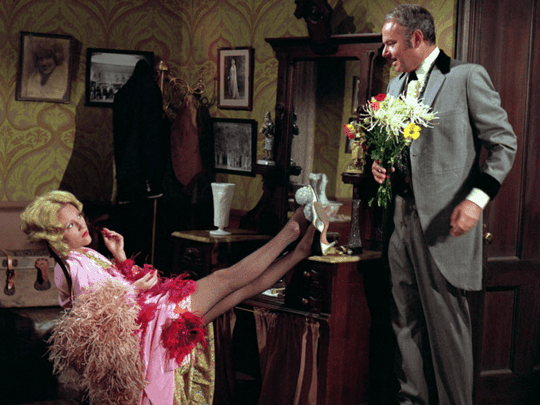
The Choice Pryor To Cleavon
Originally, Mel Brooks wanted to cast comedian Richard Pryor as Sheriff Bart. Mel was superlatively impressed with the comedian, saying he was “the most blessed with talent.” However, Pryor is a very controversial person, as he was very vulgar in his material, and also had substance abuse issues that almost ended in him burning himself to death. Although Brooks still wanted Pryor despite all this, the studio suggested Cleavon Little. When Brooks saw how perfectly Little delivered the lines, he gave Cleavon the part.
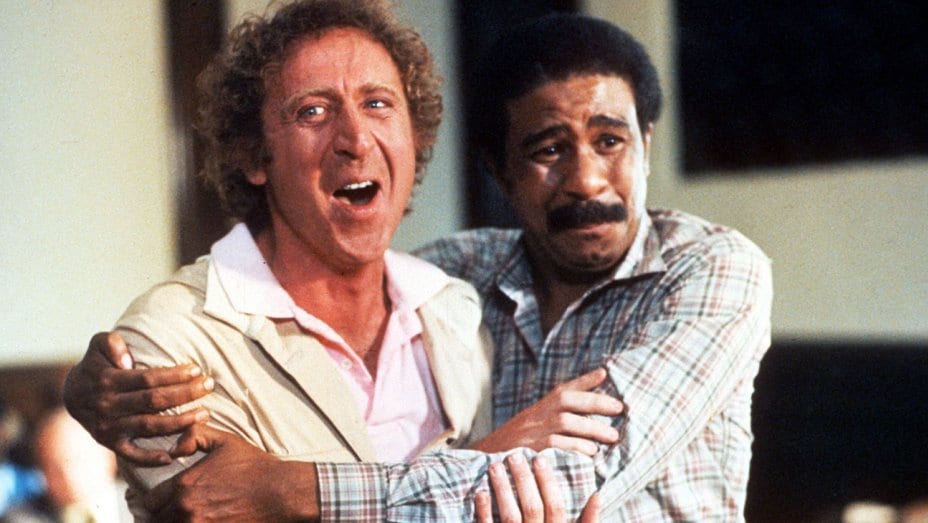
I Can’t Say That, Can I?
Burton Gilliam played Lyle, one of the bad guy’s henchmen. One of the lines in the script had Lyle calling Sherrif Bart a racial slur. The word is so sensitive, and Burton did not feel comfortable saying it. However, Little understood that it was all business, and gave Gilliam the go-ahead. However, Little did say: “if I thought you would say those words to me in any other situation we’d go to fist city, but this is all fun. Don’t worry about it.”

On The Cutting Floor
Mel Brooks pushed boundaries when it came to comedy. This delighted everyone with a sense of humor, but worried the studio. They urged Brooks to cut scenes, but Mel only cut the most risque one. It was when Bart and Lili von Shtupp are together in her dressing room. As she tempts him, she blows out the candle, and asks “Is it true what they say about you people?” and Bart shoots back “I hate to disillusion you, ma’am, but you’re sucking on my arm.”
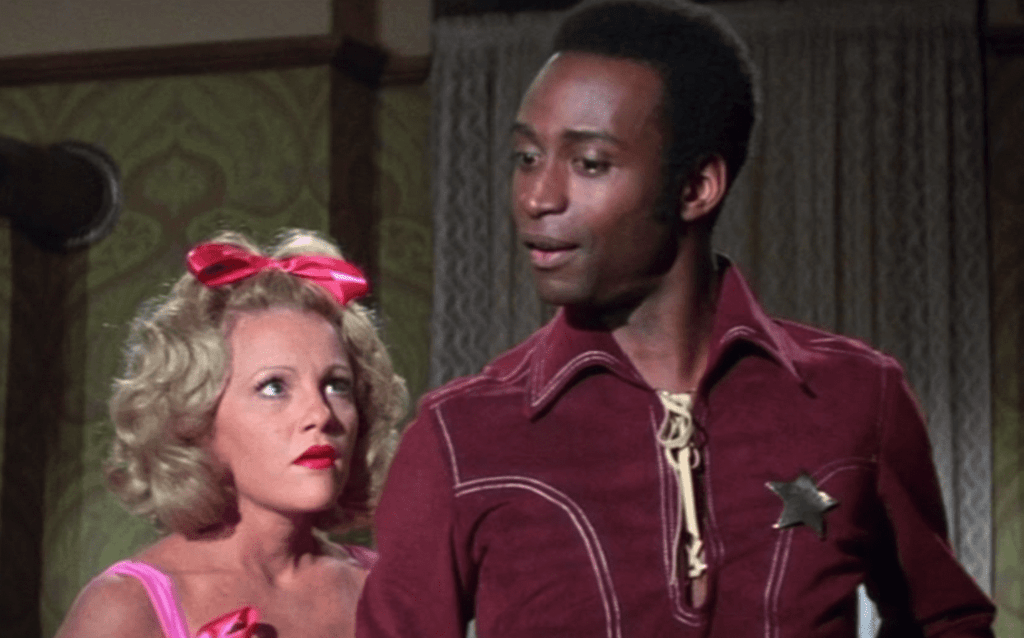
Calling On The Duke
When you make a parody, you want to include a nod to the original. That’s why Mel figured that he should include legendary Western actor John Wayne in his movie. Apparently, the two met by chance on the Warner Brothers lot and John told Mel he had heard about his movie. Mel wrote a short bit for Wayne, but John eventually declined, saying “Naw, I can’t do a movie like that, but I’ll be first in line to see it!”
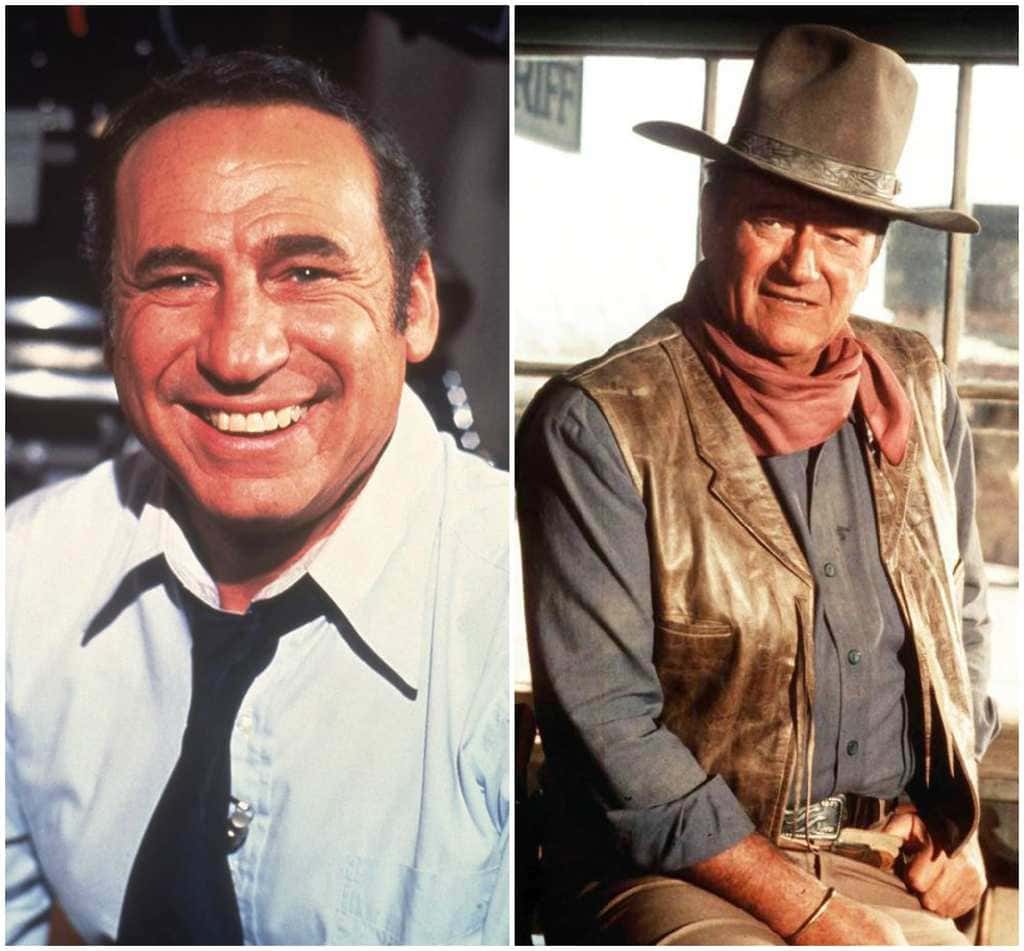
Quid Pro Quo
The legendary Gene Wilder was a hilarious comedian who first started collaborating with Mel on a little movie called The Producers. When Mel wanted to put Gene in Blazing Saddles, Wilder negotiated a deal. Gene said he would be in Mel’s film if Brooks would look over a script he started writing and make that into a film as well. Mel agreed. That script? It was for Oscar-nominated film Young Frankenstein.

Who Passed Gas?
Mel’s humor many times comes in the form of slapstick. He has people banging their heads on windowsills, falling down, and generally getting hurt. He was also a trailblazer in another slapstick gag, which was including farting sounds in Blazing Saddles. The infamous scene plays on the trope of cowboys sitting around a campfire eating baked beans and drinking coffee. Mel thought that it was inevitable that the cowboys’ stomachs would gurgle, and he decided to made it happen on screen.
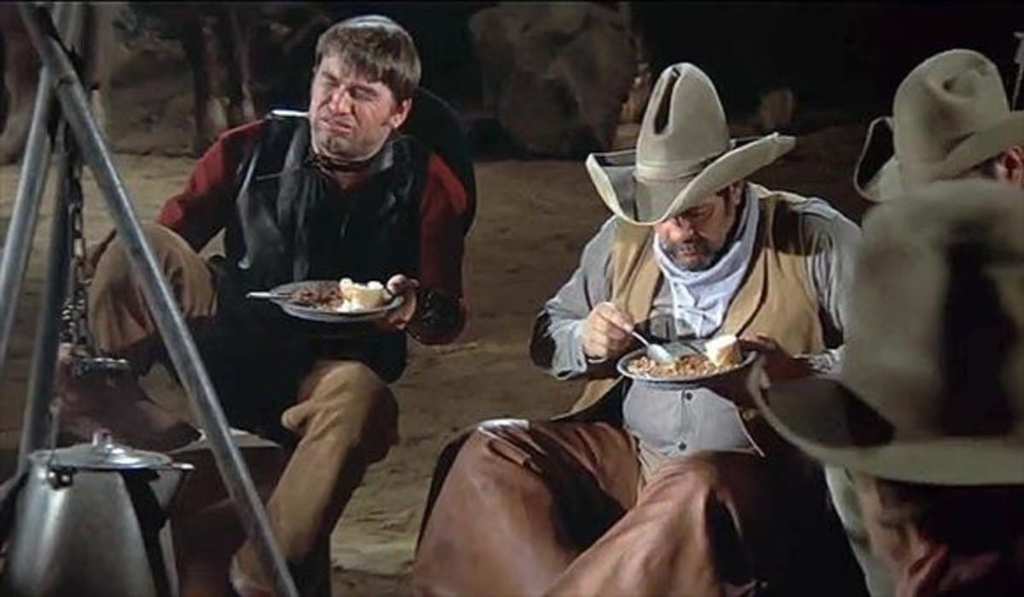
Musical Half-Truths
Sometimes, to get what you want, you need to tell a white lie. This is what Mel Brooks did to Frankie Laine, the composer of the score of Blazing Saddles. Laine was a singer and songwriter for as longer than some people even live- 75 years. When Laine started composing, he believed that the Western was dramatic, rather than a parody. Mel did not reveal to Laine that it was a comedy, as Brooks worried Laine would change the song if he knew the movie was funny.
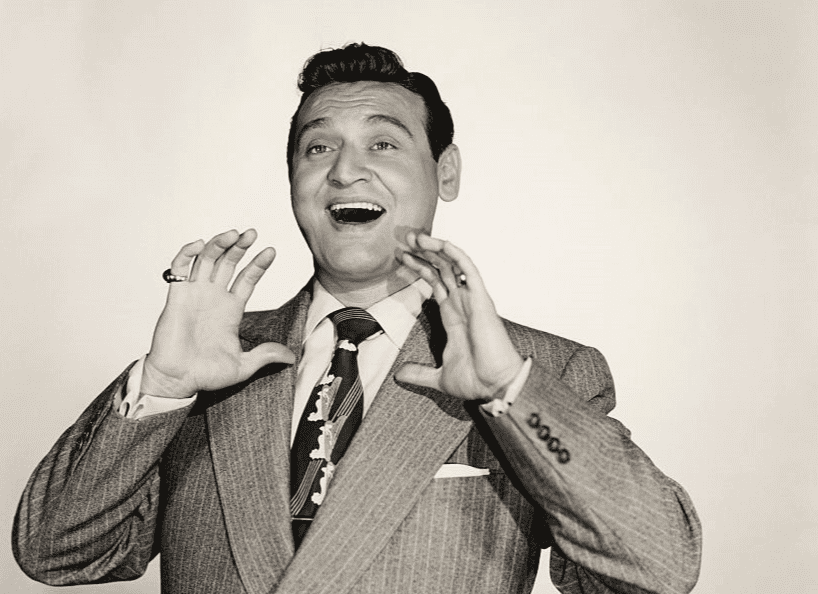
An Unlikely Appearance
Movie premieres are known to be glamorous and saturated with the most expensive tailored suits and A-listers popping out of fancy rides. However, for this film, guests arrived on horseback, to match the film’s theme.
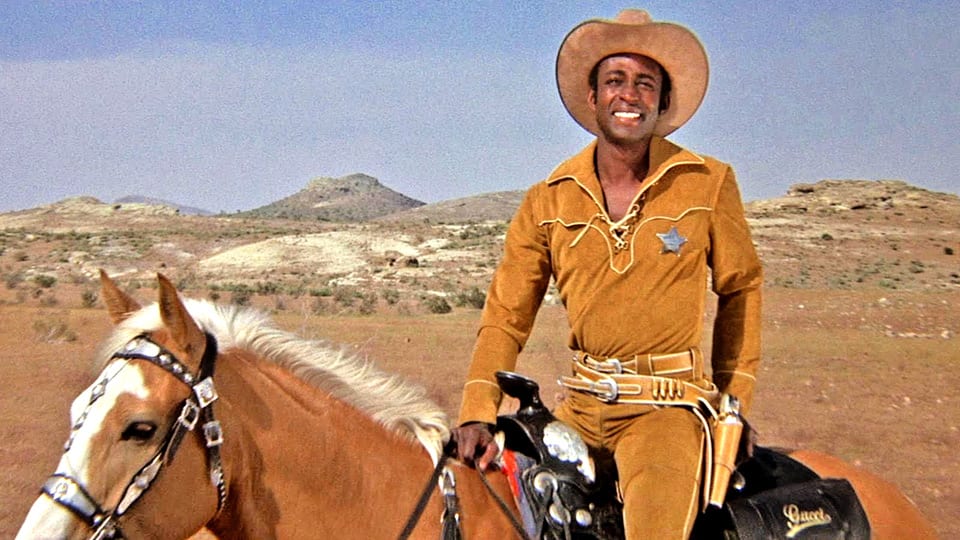
Hidden References
Mel Brooks considered every word carefully when writing the script for Blazing Saddles. Every word was written with intent, whether it was meant to make you laugh, cry, or just enhance the plot in some form. A great example of this is when Mongo rides into town on his horse, and you hear a Mexican man say, “Mongo! Santa Maria!” This line is a reference to Mongo Santamaria, a famous Cuban jazz musician, added specifically by Brooks for that reason.
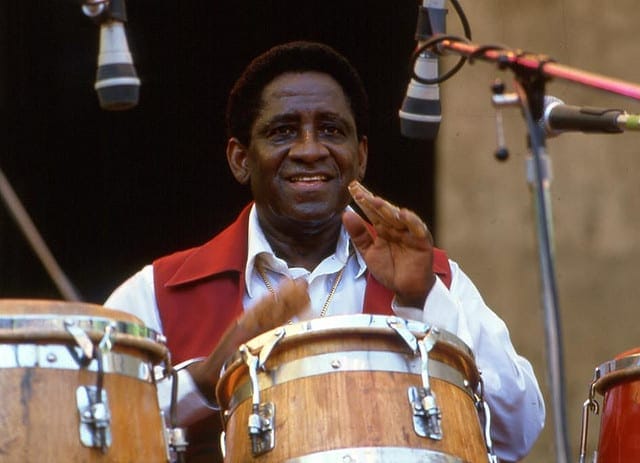
A Mel Brooks Sing-A-Long
In the scene where Hedley Lamarr and his men ride into a fake town set up by the Sheriff and Waco Kid toward the end of the film, there is a brief moment where the camera cuts away from the scene. As they ride into town, the camera turns to Lilly von Schtupp and some German soldiers who are filmed singing a drinking song. That drinking song that they were singing was the same song Gene Wilder and Zero Mostel sing with Kenneth Mars during The Producers.
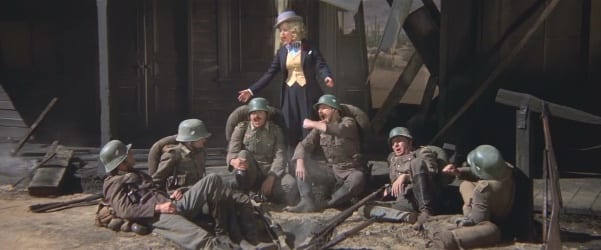
A Chocolate Covered Treat For Life
Product placement in a film can go a long way, and this was the case after Harvey Korman stops to buy concessions at the movie theater at the end of the film. Amongst all the chaos, he stopped to buy a box of Raisinets, and Brooks admitted that this led to an increase in sales of the product. In 1975, he told Playboy magazine, “We mentioned Raisinets in Blazing Saddles, and now the company sends me a gross of them every month. A gross of Raisinets!”
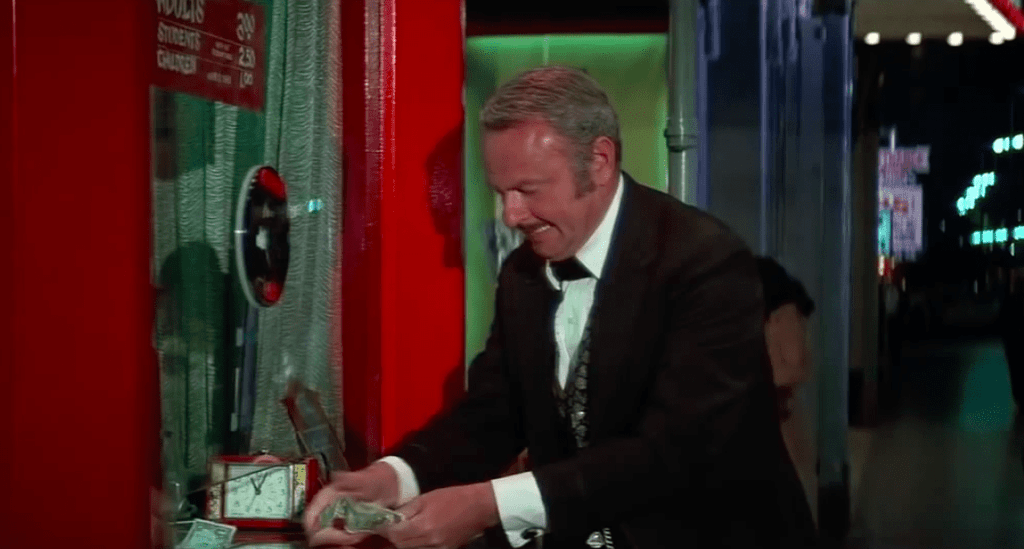
Shout It Out Loud
Writing the script for Blazing Saddles wasn’t made so simple since so many people were fighting for their creations to be implemented. Brooks said, “Blazing Saddles was more or less written in the middle of a drunken fistfight. There were five of us all yelling loudly for our ideas to be put into the movie. Not only was I the loudest, but luckily I also had the right as director to decide what was in or out.”
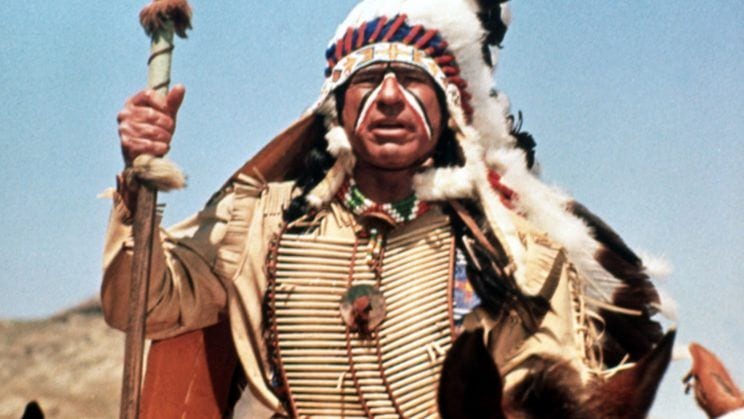
The Waco (Casting) Disaster
Having seen Gene Wilder play the iconic Waco Kid in the comedy, you cannot imagine the role to have been played by anyone else. However, Brooks initially offered the position to other actors, including Johnny Carson. The late-night television host turned down the role, and it was next given to Gig Young. Although he was to play the drunk Waco Kid on-screen, it seems his problems with drinking off-screen affected his performance on set, and he was then replaced with Wilder.
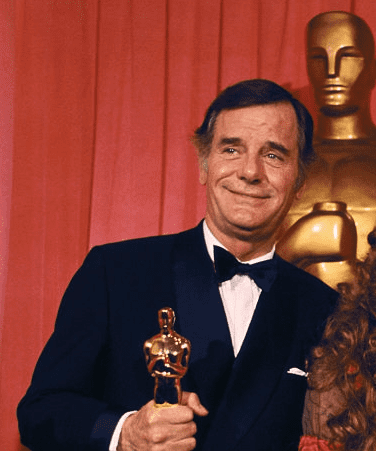
The Franchise That Never Was
Andrew Bergman was one of the key ingredients to Blazing Saddles’ success with his hilarious screenplay. After the movie became so successful, his work was used to create new material such as the TV series Black Bart. The pilot aired on April 4, 1975, and starred Louis Gosset Jr. as Bart. Amazingly, the show kept on filming despite never being seen by the public. This was because the show was being produced under the contract clause that it was an official sequel.
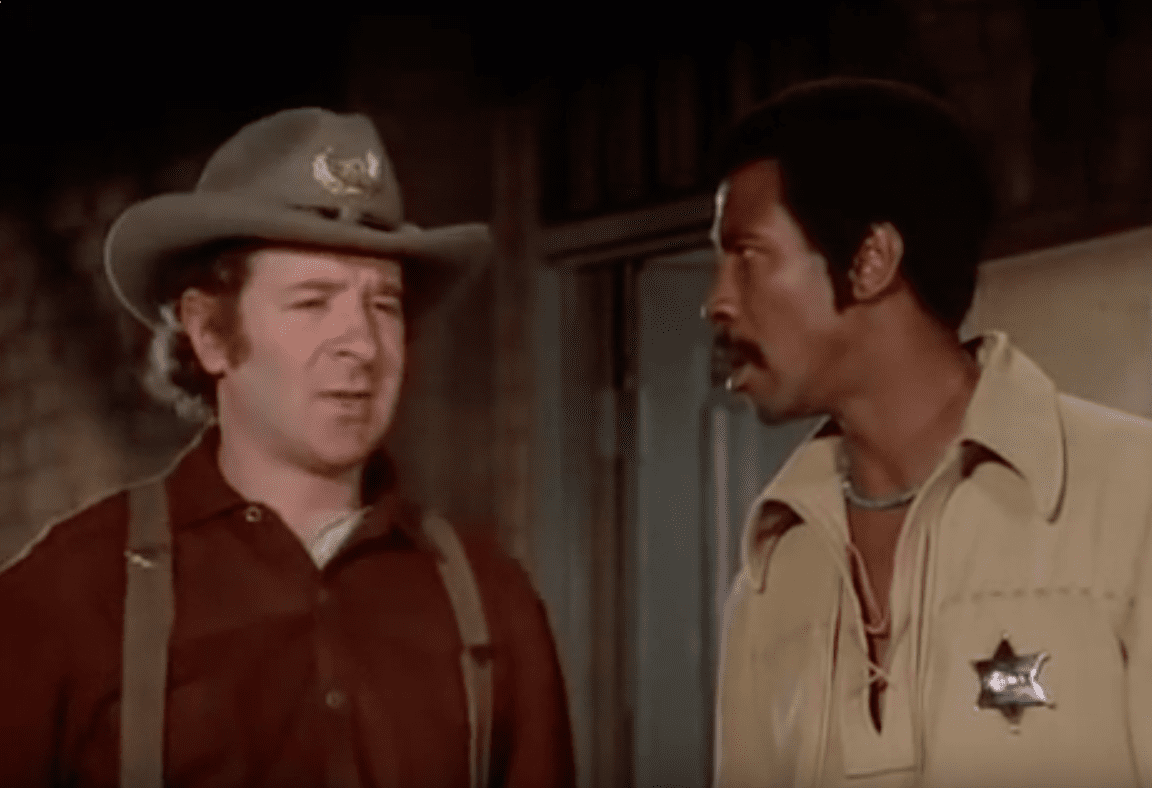
Fart Art
Just as Brooks carefully considered every word and reference in his script, he knew what he was doing when he included more than one fart reference in the film. His character, Governor Le Petomane, was named after a “flatulence artist,” Joseph Pujol who went by the stage name, Le Petomane. The French performer had an uncanny ability to pass gas on command due to his strong abdominal muscles. As for his name, in French, ‘peter’ means fart, and a ‘mane’ suffix means maniac, together making for a fart maniac.

Not In The Script
The comedy was, of course, iconic for all its witty and hilariously written lines, but there was one line that stood out. After the townspeople showed hatred towards Bart, Waco Kid consoled him by explaining: “You’ve got to remember that these are just simple farmers. These are people of the land. The common clay of the new West. You know… morons.” This last part of the line – “you know… morons” – was ad libbed and the improvisation caused Cleavon Little to genuinely crack up.
